Situated in the southern Caribbean Sea, just off the northern coast of Venezuela, the ABC Islands—Aruba, Bonaire, and Curaçao—form a stunning trio of Dutch Caribbean destinations.
Though close in proximity, each island has its own unique vibe and charm. Known for their dry, sunny climate and striking desert-meets-ocean landscapes, these islands boast crystal-clear turquoise waters perfect for diving, snorkeling, and sailing. Visitors can explore colorful Dutch colonial architecture, lively waterfronts, and a rich blend of European and Caribbean cultures. From world-class beaches and underwater adventures to vibrant street art and local festivals, the ABC Islands offer something for every kind of traveler.
Both the Family and the DINKs have had the chance to explore these islands—though they visited different ones. Read on to discover their unique takes on Aruba and Curaçao, and how these sister islands delivered two very different Caribbean experiences.
The DINKs
For our long weekend getaway, we chose to visit Curaçao, the “C” in the ABC Islands. Known for its vibrant culture, historic charm, and crystal-clear waters, Curaçao captured our attention immediately.
Though we stayed at an all-inclusive resort, which limited our exploration beyond the property, Curaçao’s allure still shone through. Its natural beauty, from stunning beaches to thriving marine life, was undeniable.
Curaçao
The capital city of Willemstad is a UNESCO World Heritage Site, with pastel-colored Dutch colonial buildings lining the waterfront and lively street art around every corner. Beyond its charming city streets, Curaçao offers an incredible variety of beaches—ranging from quiet coves to cliffside snorkeling spots—as well as a rich blend of cultures influenced by Dutch, African, Latin American, and Caribbean heritage.
Snorkeling in Curaçao is a dream come true for marine life lovers. Thanks to the island’s healthy coral reefs, clear turquoise waters, and easy shore access, it’s one of the best places in the Caribbean to explore underwater without a scuba tank.
We were lucky enough that there was great snorkeling right from the beach area at our resort. Here are some of the fish we were able to see:
- French Angelfish – With striking black bodies and yellow-rimmed scales, these graceful fish usually swim in pairs and are curious around snorkelers.
- Blue Tang – Popularized by the character “Dory,” these electric-blue fish dart quickly through the reef and are often seen in schools.
- Trumpetfish – Long and slender, trumpetfish blend into their surroundings and often swim vertically to camouflage themselves among sea fans or corals.
- Sergeant Major – Small but bold, these yellow and black-striped fish are often found near rocky outcrops and reefs, sometimes swimming right up to snorkelers.
- Queen Angelfish – One of the most beautiful reef fish, they have vivid blue and yellow coloring with a “crown” pattern on their heads.
Watching the sunset in Curaçao is a breathtaking experience. As the sun dips below the horizon, the sky is painted with vibrant hues of orange, pink, and purple, reflecting off the calm Caribbean waters.
Local Drinks: Since we were in for a relaxing weekend, we did partake in several local beverages.
- Blue Curaçao: Curaçao, the island, lends its name to a famous liqueur known for its vibrant color and zesty flavor. Blue Curaçao is the most iconic version, instantly recognizable by its electric blue hue and tropical citrus taste, derived from the dried peel of the Laraha, a bitter orange native to the island. Despite its bright color, the flavor remains the same across variations—sweet and tangy with a hint of spice. In addition to blue, the liqueur comes in a range of fun colors like green, orange, red, and clear, often used to add flair to cocktails without altering the flavor. We loved adding it to our pina coladas.
- Montaña Craft Brewery – This is Curaçao’s first and only true craft brewery, producing small-batch beers with island-inspired flavors. Located in the hills of Montaña Rey, it’s a favorite among locals and visitors looking for something unique. Their lineup includes pale ales, IPAs, and seasonal specialties, often infused with tropical ingredients. Brewery tours and tastings are available and offer a cool way to experience Curaçao’s growing craft scene.
- Amstel Bright – Though originally from the Netherlands, Amstel Bright is brewed and bottled right on the island, making it a local favorite. It’s a light, crisp lager that’s perfect for beach days and barbecues, often served with a lime wedge. You’ll find it just about everywhere on the island—from beach bars to upscale restaurants.
Fort Piscadera is a historic fort located at the entrance to Piscadera Bay, approximately 10 minutes west of Willemstad, Curaçao’s capital. Constructed between 1701 and 1704 under Governor Van Beek, the fort aimed to protect the bay and the city from potential naval threats.
Over the centuries, it underwent various modifications, including a significant reconstruction in 1744, and played roles in conflicts involving French and British forces. By the 1950s, the fort had fallen into disrepair but was subsequently restored.
Today, it stands on the grounds of the a Curaçao Resort, serving as a testament to the island’s rich colonial past. Luckily we happen to b staying at the resort and were able to visit it. Unfortunately we didnt take any good pictures of it. I blame the local beverages.
Where to stay: We probably should say “Where not to stay.” We decided on Dreams Resort because we were able to use our Hyatt points and book it for free, which worked out for a short weekend trip. Dreams Curaçao Resort, Spa & Casino is an all-inclusive resort located in Willemstad, Curaçao, situated on the picturesque Piscadera Bay, the resort provides guests with a variety of amenities and activities. While it was fine for a brief stay, we wouldn’t necessarily recommend it for longer visits.
The pools were in need of updates, although we did enjoy the ocean views from there. Staffing was a bit lacking, though the staff worked hard and did their best. The beach, though small, was definitely a highlight of our stay. The food was very bland and lacked local flavor.
The Family
For our trip, we decided to visit Aruba, the “A” in the ABC Islands, known for its sun-soaked beaches, warm hospitality, and fun atmosphere. We have actually stayed on the island twice at two different resorts.
Aruba
With its constant sunshine and dry climate, Aruba is a beach lover’s paradise, offering endless opportunities to relax on the soft, white sands or partake in thrilling water sports. The island’s mix of desert landscapes, calm waters, and lively nightlife made it the perfect destination for a quick and active getaway.
Palm Beach is a hub of activity, featuring a number of upscale resorts, beach clubs, and water sports rentals. It’s perfect for those looking to enjoy both relaxation and adventure.
When it comes to accommodations, Aruba offers a wide variety of options ranging from all-inclusive resorts to boutique hotels and vacation rentals. We stayed at two different places.
- Hyatt Regency Aruba: The Hyatt Regency Aruba impressed the family the most, particularly the kids, thanks to its well-designed pool area and exceptional loyalty perks. The multiple pool levels, fun waterslide, and adult-only pool section provided variety for all ages. While the room didn’t have a full balcony, it offered a lovely partial ocean view and was comfortable in size. Hyatt’s breakfast buffet stood out with its range of options, including a local Aruba section, and was complimentary due to Globalist status. The resort’s service and lounge access were major highlights, offering daily snacks and a full evening reception that often served as dinner. Entertainment options were consistent, with games and scheduled activities, though nothing stood out as a “can’t-miss” for the kids.
- Hilton Aruba Caribbean Resort & Casino: The Hilton Aruba pleasantly surprised the family and was particularly kid-friendly. The large pool area featured zero-entry sections, bridges to swim under, and fun features like a submerged seating platform. Although the room was quite small and cruise-like, it did include a full balcony, which offered a peaceful spot to unwind. Breakfast was decent, with the option to upgrade to a mimosa-inclusive buffet. Service was generally smooth, especially at the towel hut, but the lack of a lounge and limited loyalty perks were noticeable. Entertainment was more engaging for the kids at Hilton, including a real game of water volleyball and hands-on interaction with their colorful birds.
Read the full comparison & find out which we preferred in our full blog
Activities: Both resorts we stayed at where ocean front, had nice pools and ample activities for the kids.
At the Hilton Aruba, the family enjoyed a long, winding pool complete with bridges and a volleyball net, making it a hit with both kids and adults. While most rooms didn’t offer ocean views, the beach experience was still great thanks to a smooth Palapa reservation system that made securing shade stress-free.
Over at the Hyatt Regency Aruba, the pool scene felt more like a mini water park, with a water slide, multi-level design, and volleyball nets, plus a shallow area perfect for games. For those looking for quiet relaxation, the Hyatt also featured a large adults-only pool tucked away from the action. The swim-up bar added a fun vacation vibe, but came with a cautionary note: drinks were often pricier than some of the meals they had outside the resort. It was a good reminder that even within resorts, budgeting matters—and those poolside cocktails add up fast.
Both resorts provided plenty of options to stay active. The family enjoyed casual games of beach volleyball, easily accessible and great for burning energy before dinner. One surprise hit was cornhole at Iguana Joe’s—a relaxed dining spot where the kids could play while waiting for food, keeping everyone happy and entertained.
Food: Meals in Aruba were a mix of affordable takeout and casual sit-down spots. The family dined at places like Smokey Joe’s, famous for its BBQ ribs, and Iguana Joe’s, offering Caribbean-inspired dishes. Craft and Lola Taqueria were also favorites, especially for their lobster rolls and tacos. Portions were generous, and leftovers often turned into the next day’s lunch, which helped stretch both the budget and time between meals.
Local Drinks in Aruba
While Aruba is renowned for its natural beauty and beaches, its local drinks are a highlight as well:
- Chill Beer: Brewed in Aruba, Chill is a light, refreshing lager that’s perfect for the island’s warm climate.
- Aruba Ariba: This is the island’s signature cocktail, a tropical mix of rum, vodka, blue Curaçao, banana liqueur, and pineapple juice. It’s sweet, refreshing, and a perfect drink to enjoy while watching the sunset.
- Balashi Beer: Brewed right in Aruba, Balashi is the island’s local beer. It’s a light lager, perfect for sipping while relaxing by the beach. You’ll find it at nearly every bar and restaurant on the island.
Find out how we made these Family Trips Affordable:
Summary
Summary Paragraph:
The ABC Islands—Aruba, Bonaire, and Curaçao—each offer their own flavor of Caribbean charm, and our blog explores two distinct takes on Aruba and Curaçao through the lens of both Family and DINKs (Dual Income No Kids) travel. The DINKs enjoyed a relaxed, resort-based escape in Curaçao, soaking in vibrant culture, historic Willemstad, and unbeatable snorkeling right off the beach. Local drinks like Blue Curaçao and craft beers added to the laid-back vibe. Meanwhile, the Family experienced the sunny, activity-filled shores of Aruba, splitting stays between the Hyatt Regency and Hilton Aruba. From water slides and beach volleyball to budget-friendly meals and local favorites like Chill beer and Aruba Ariba cocktails, Aruba offered a well-rounded, family-friendly Caribbean adventure. Whether you’re seeking underwater exploration or poolside fun with kids, these islands deliver memorable experiences for every kind of traveler.
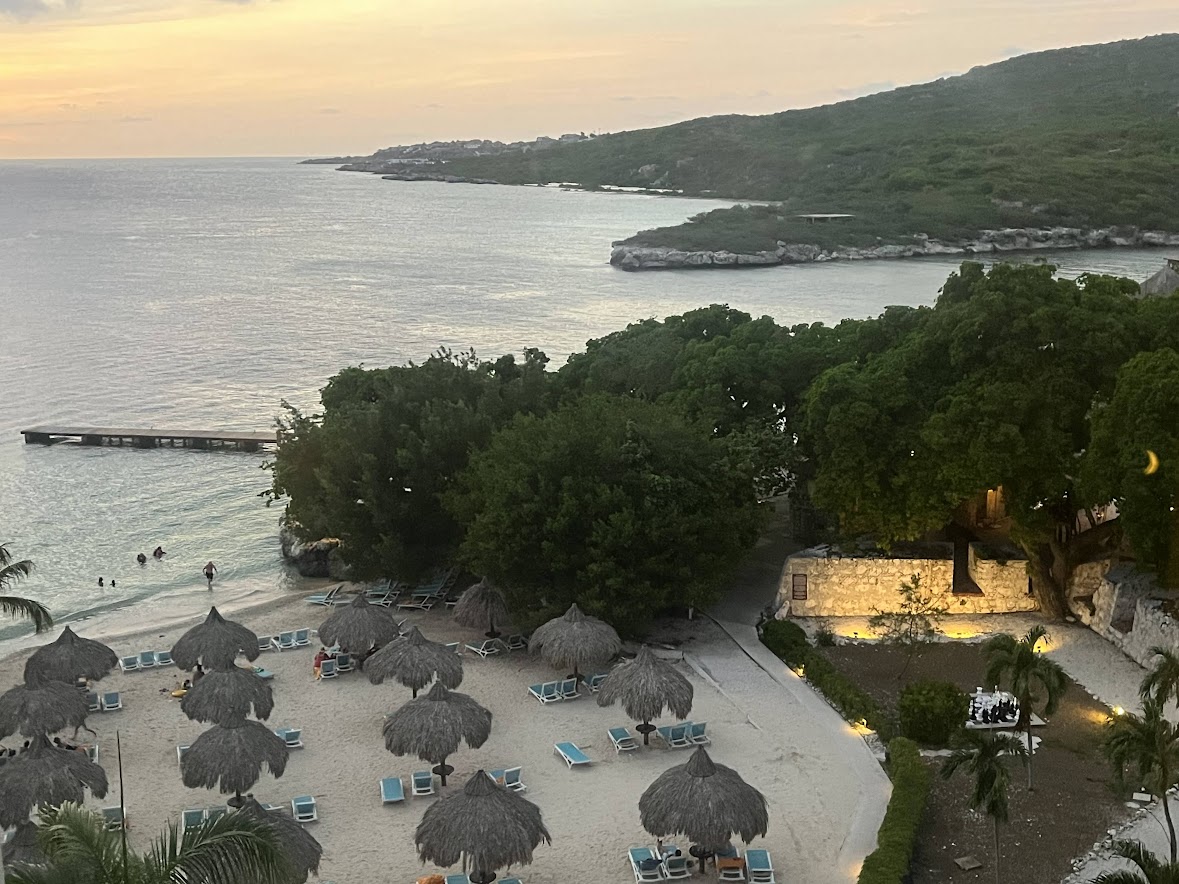
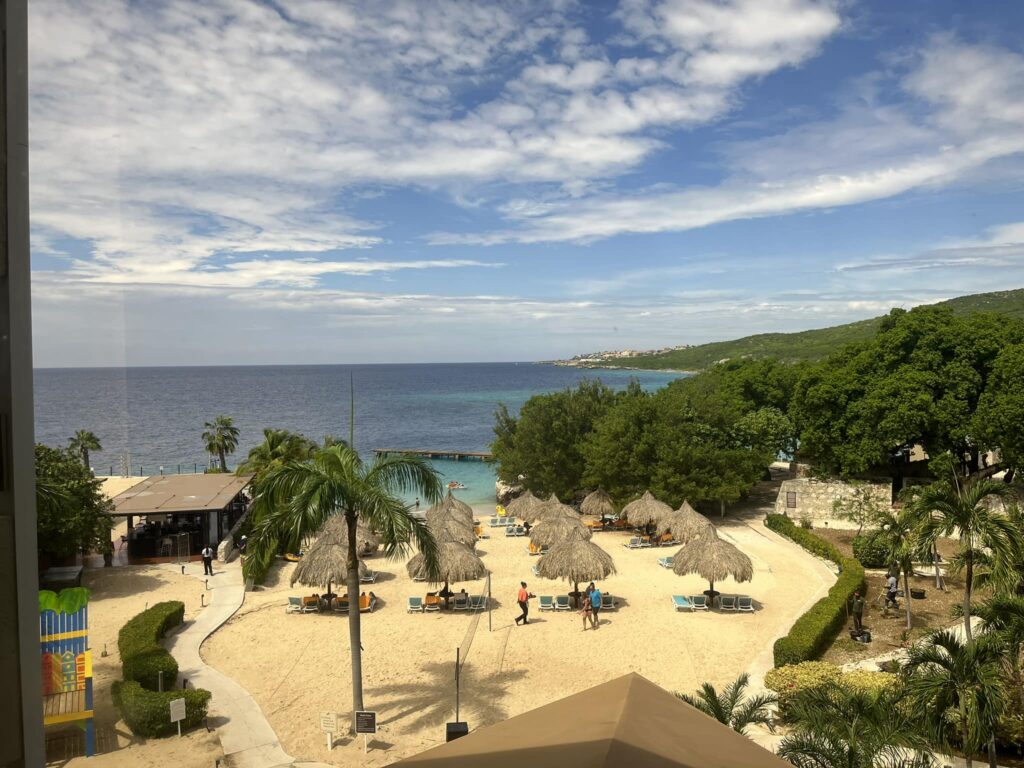
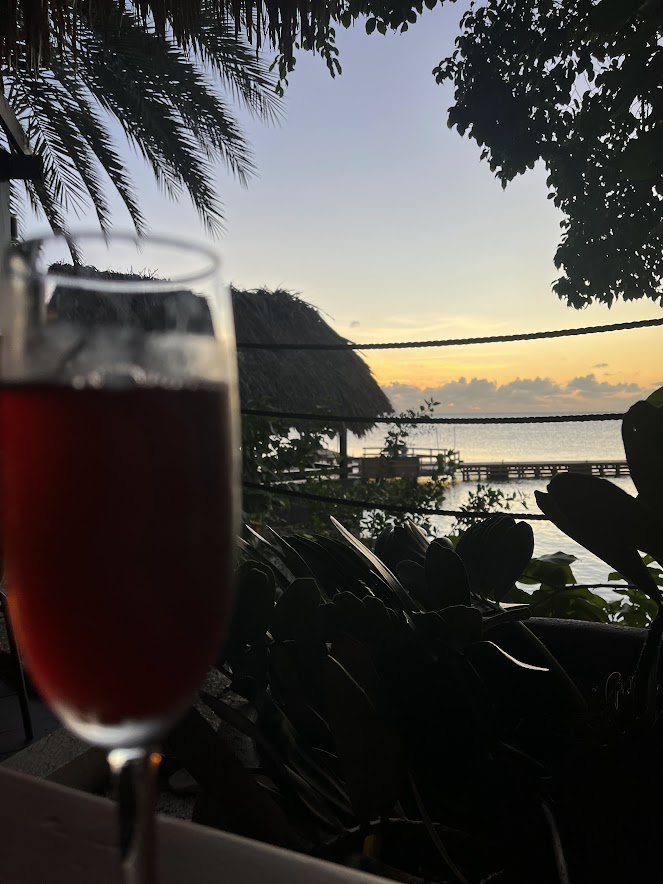
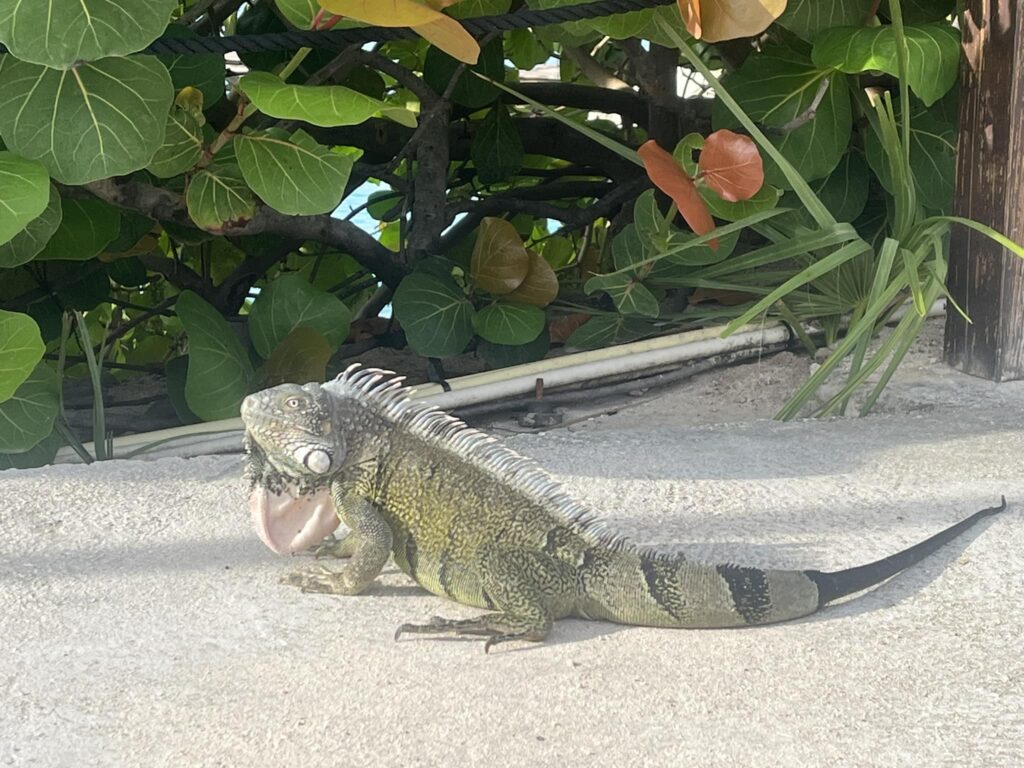
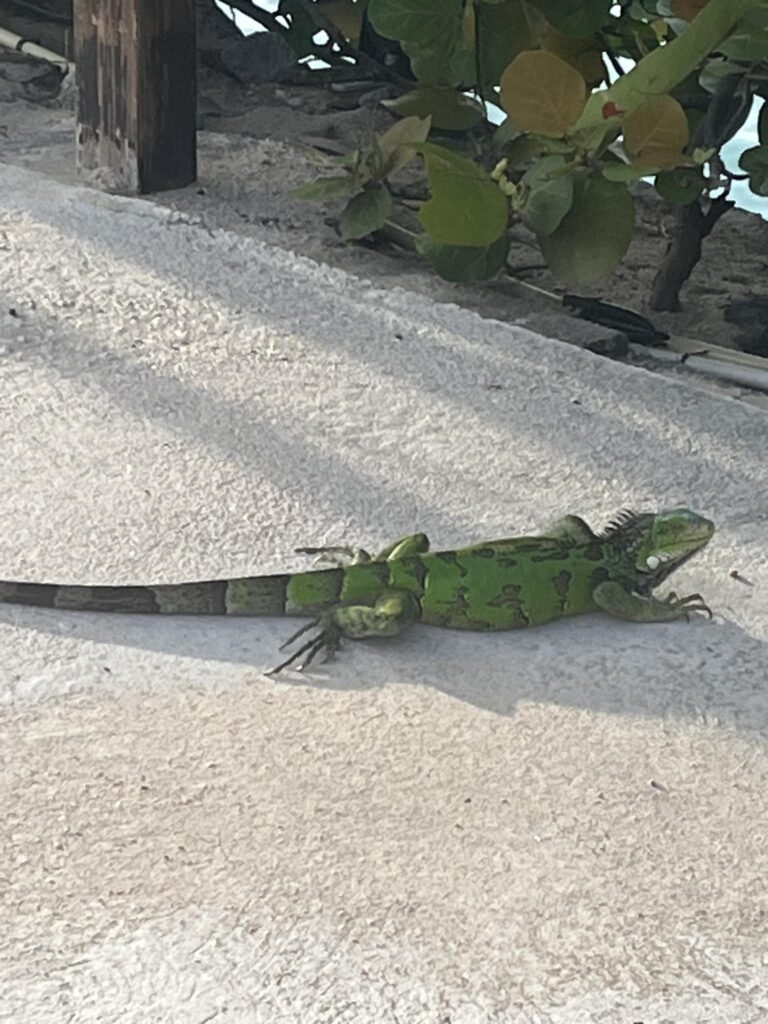
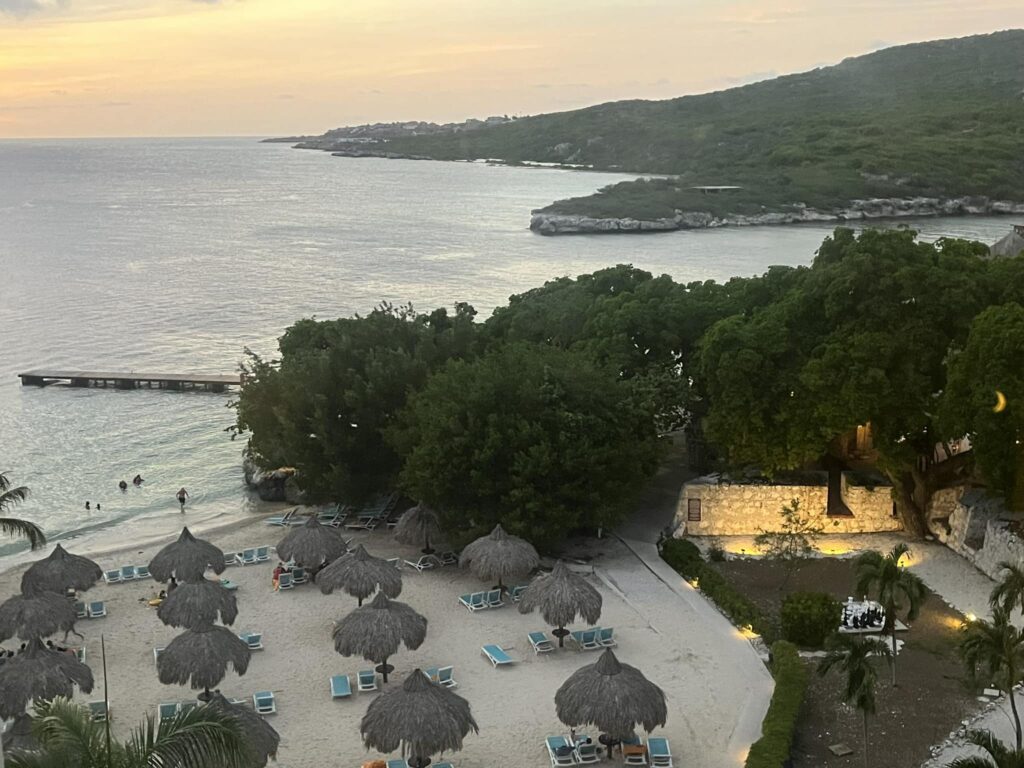
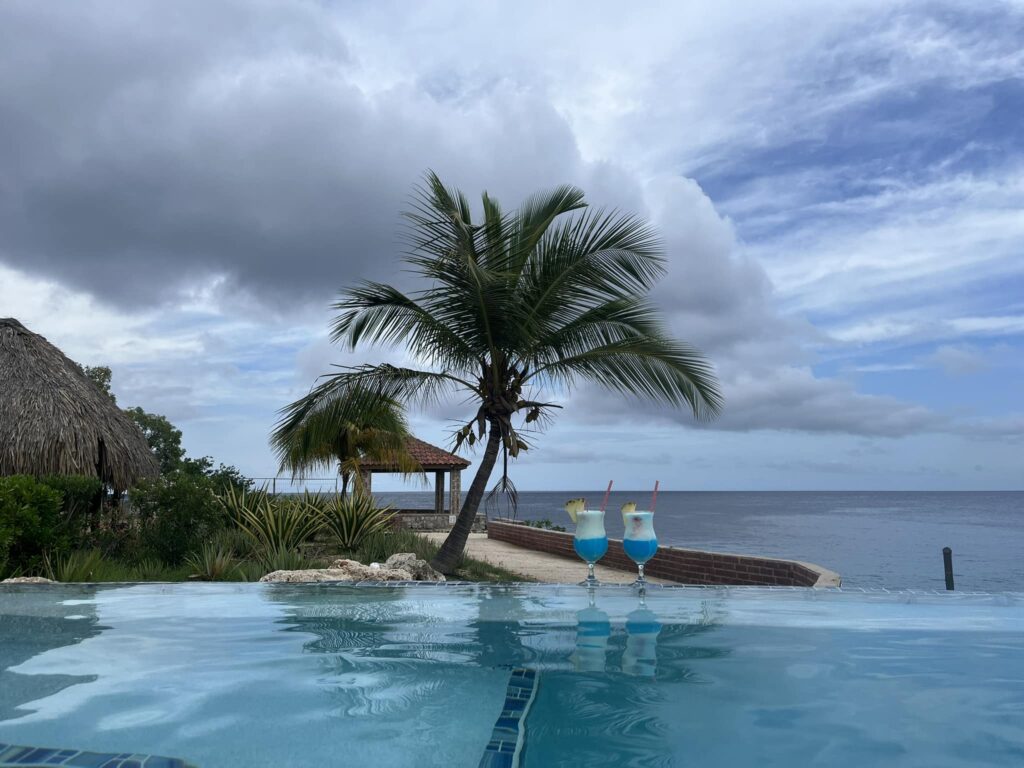
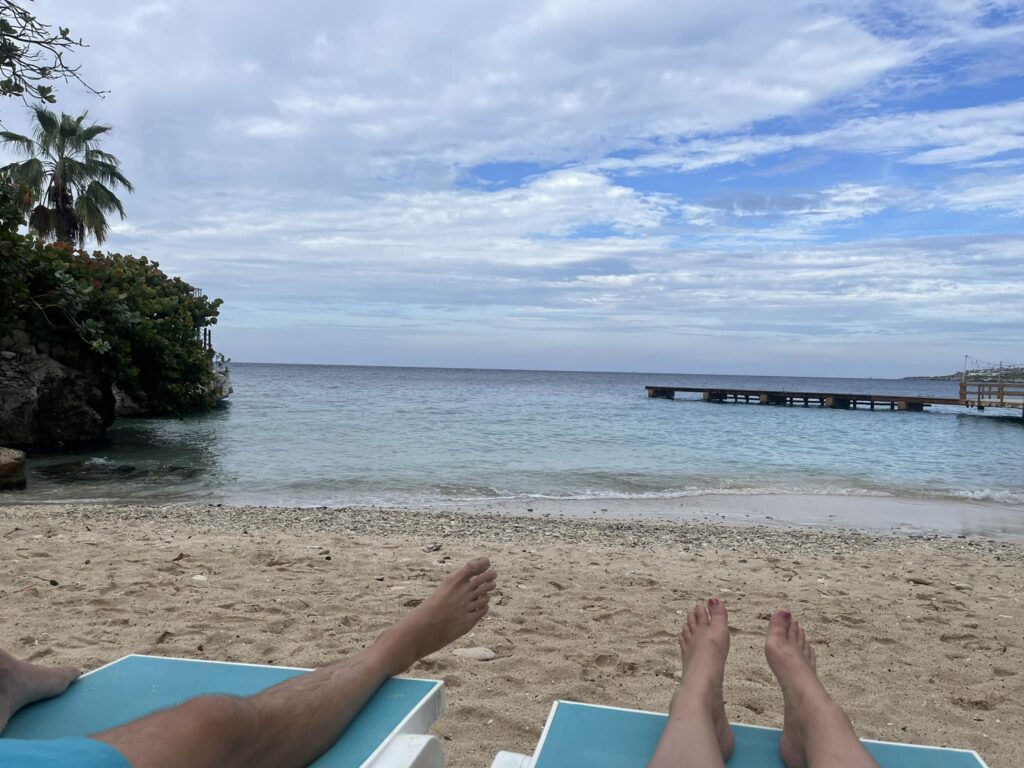
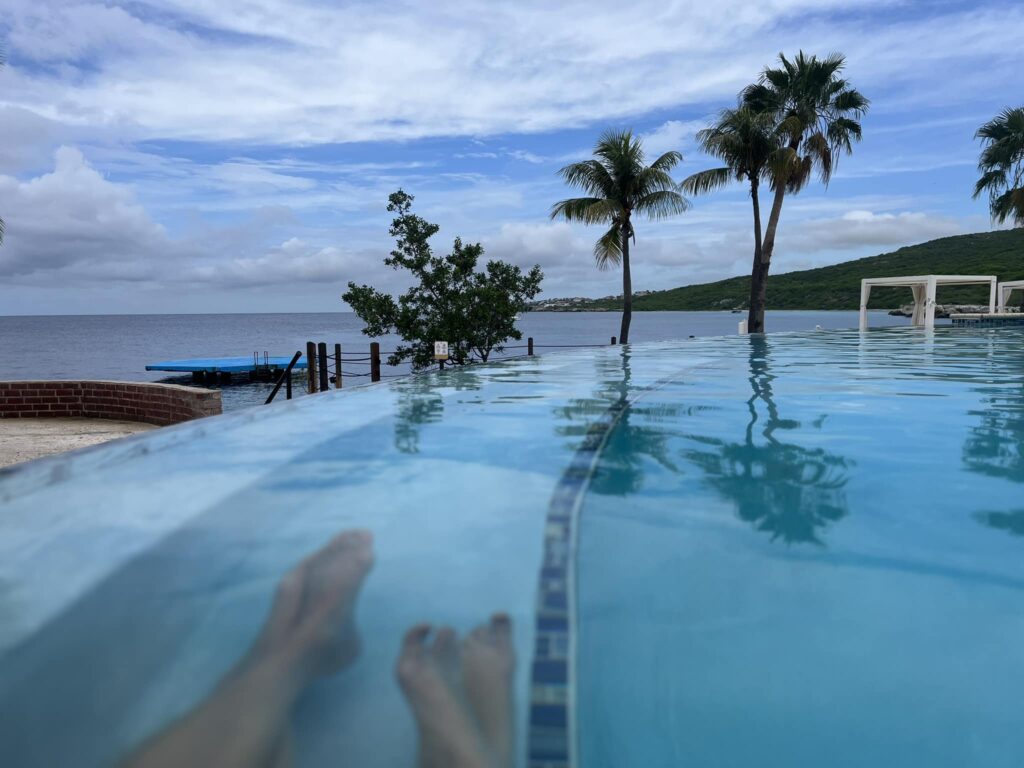
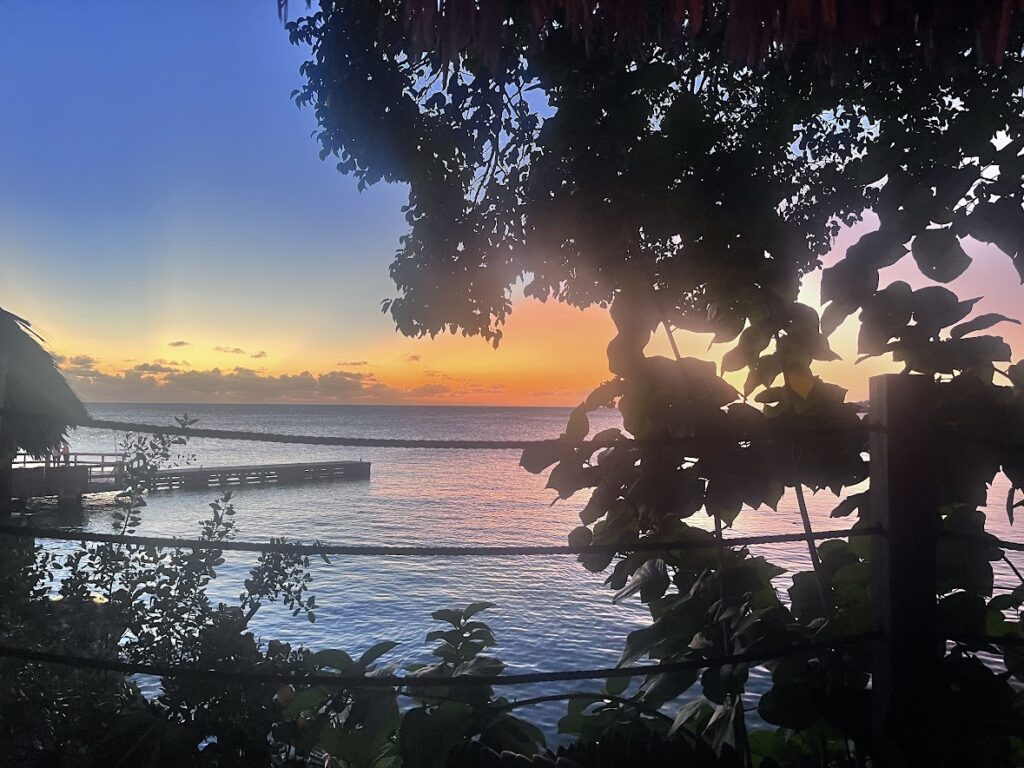
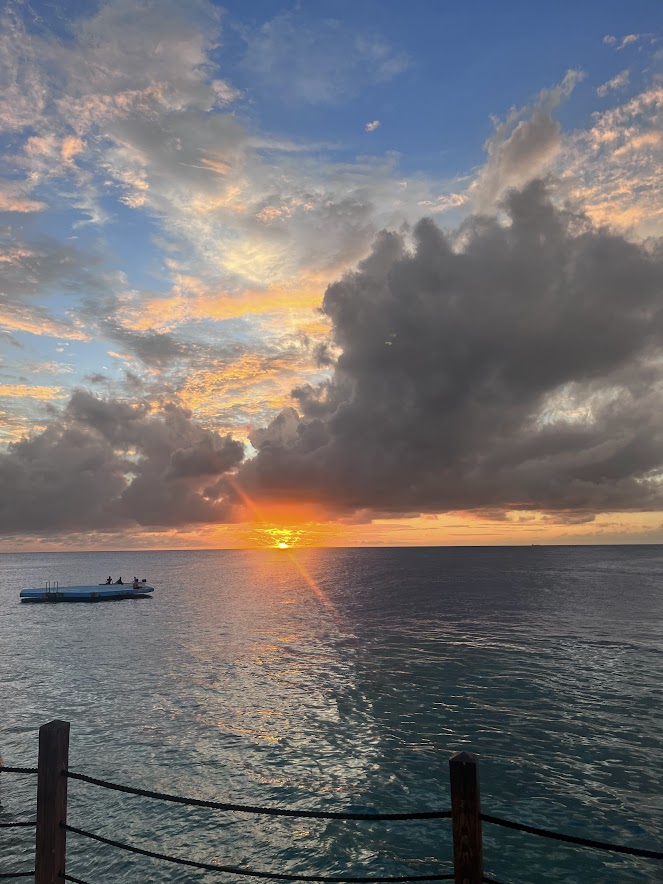
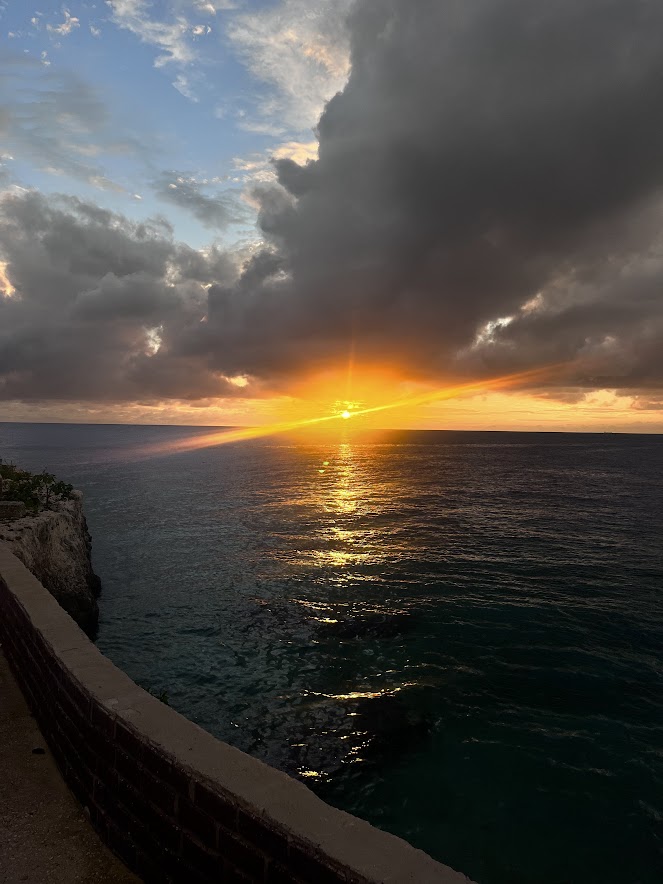
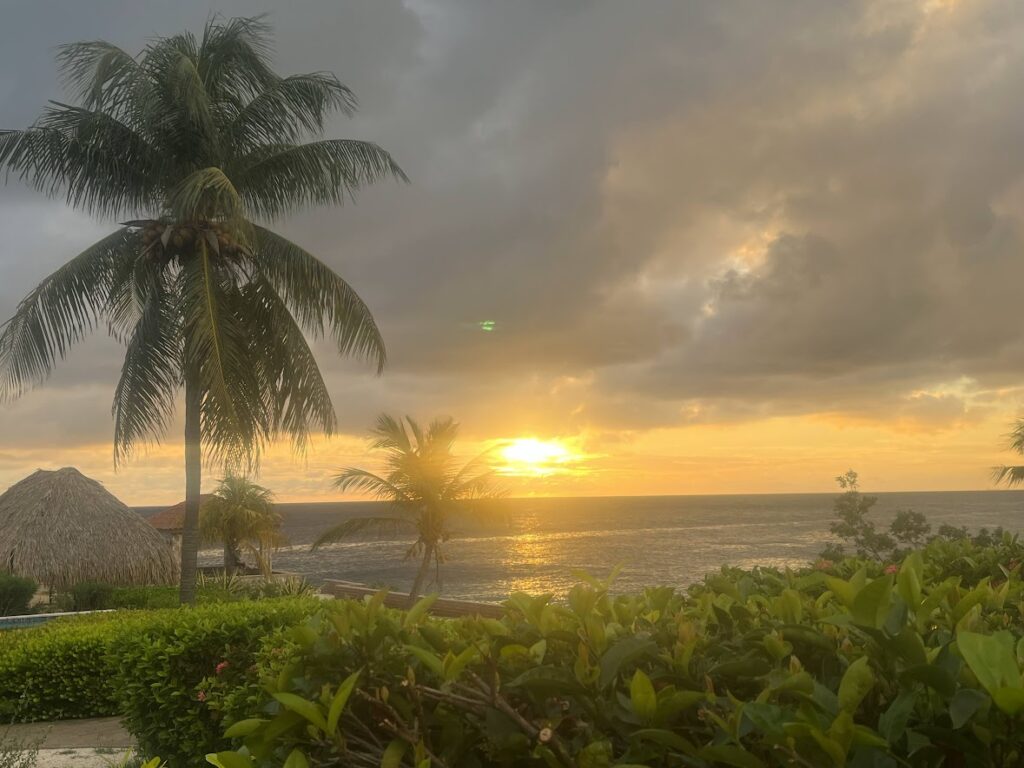
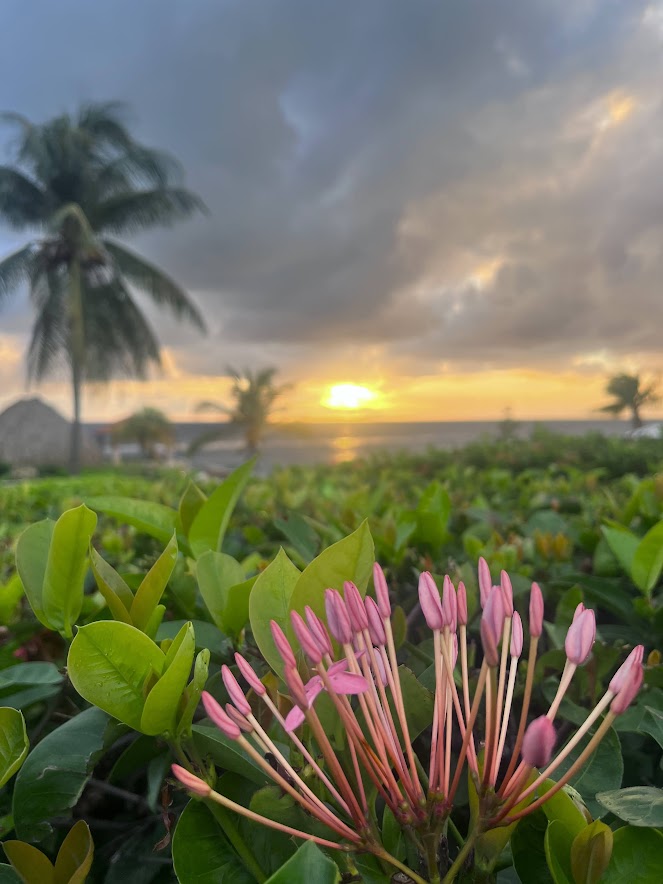
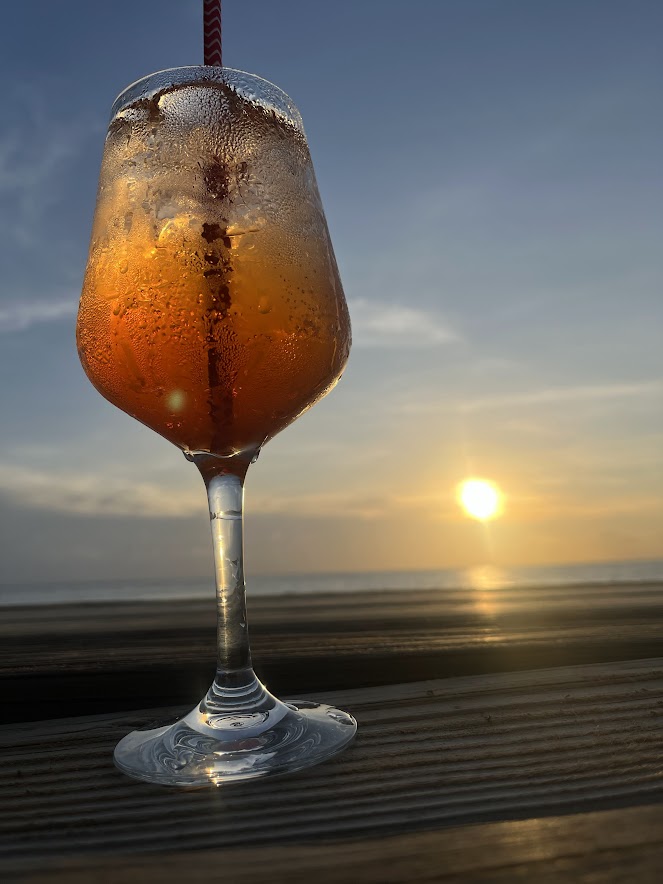
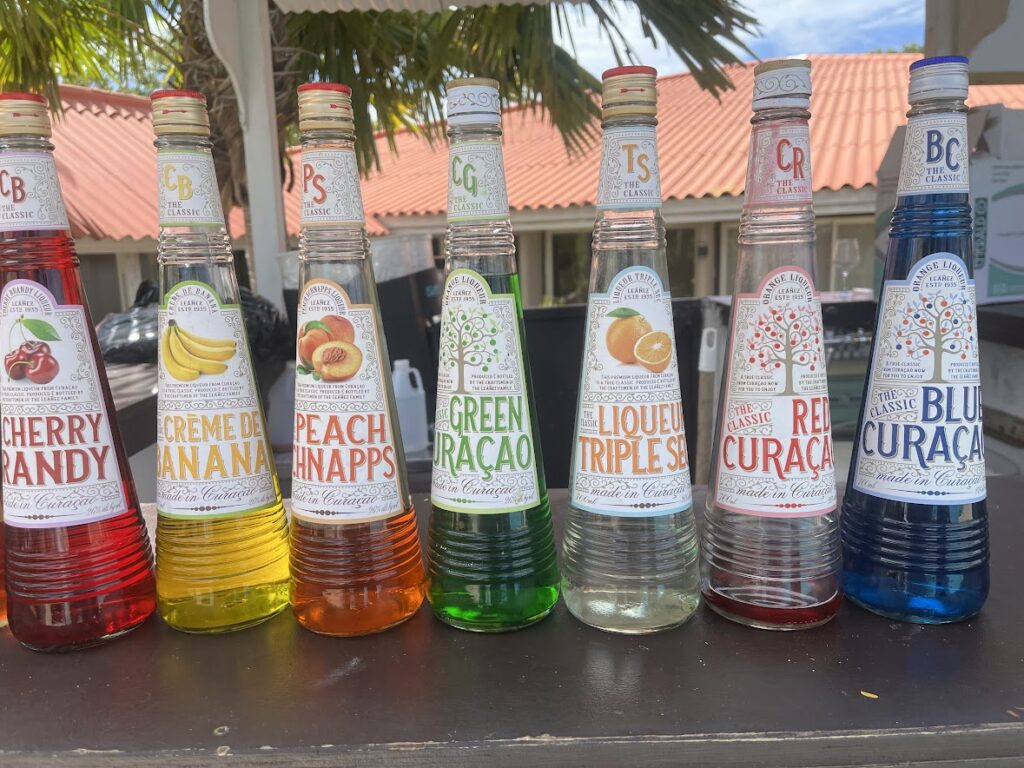
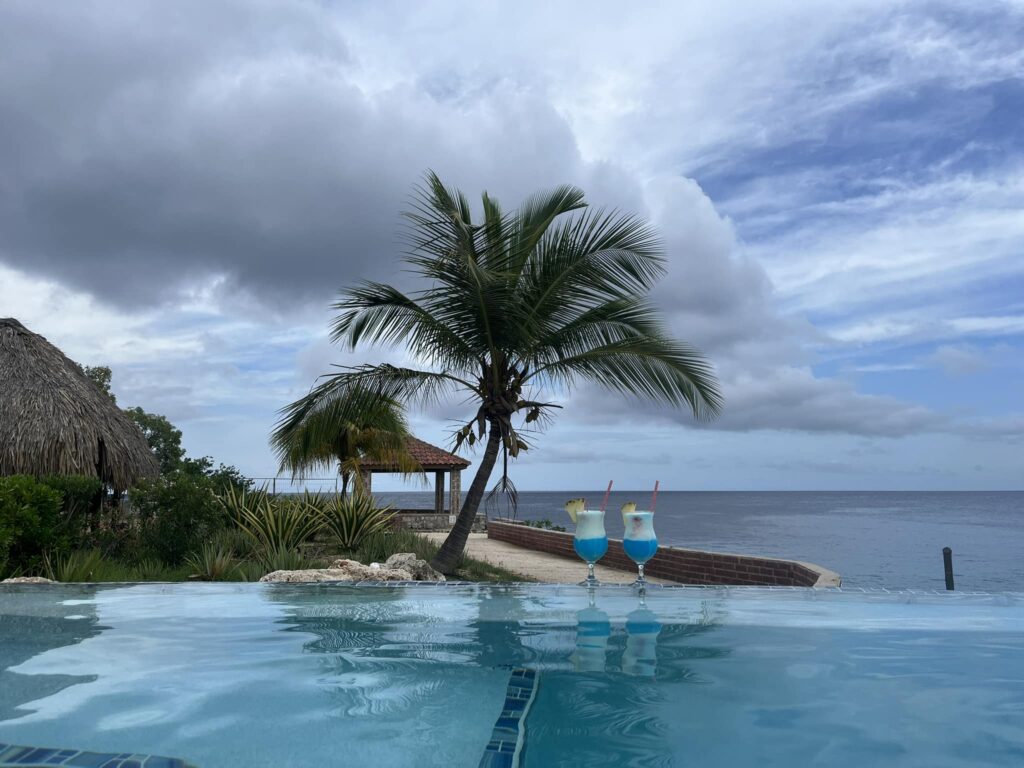
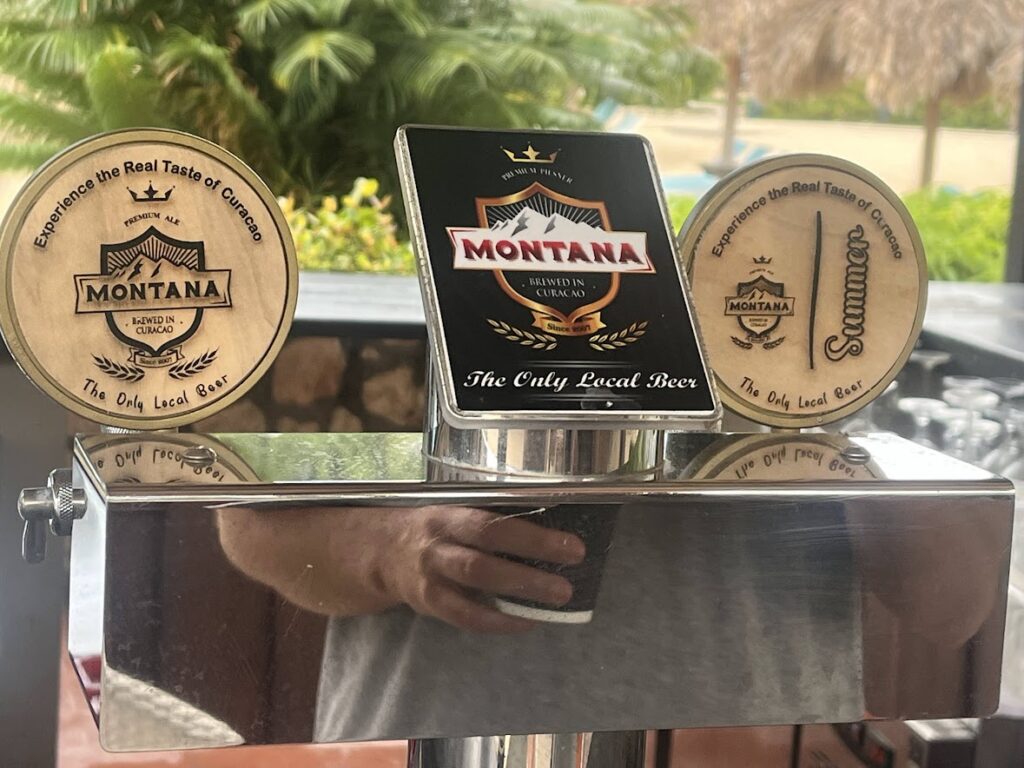
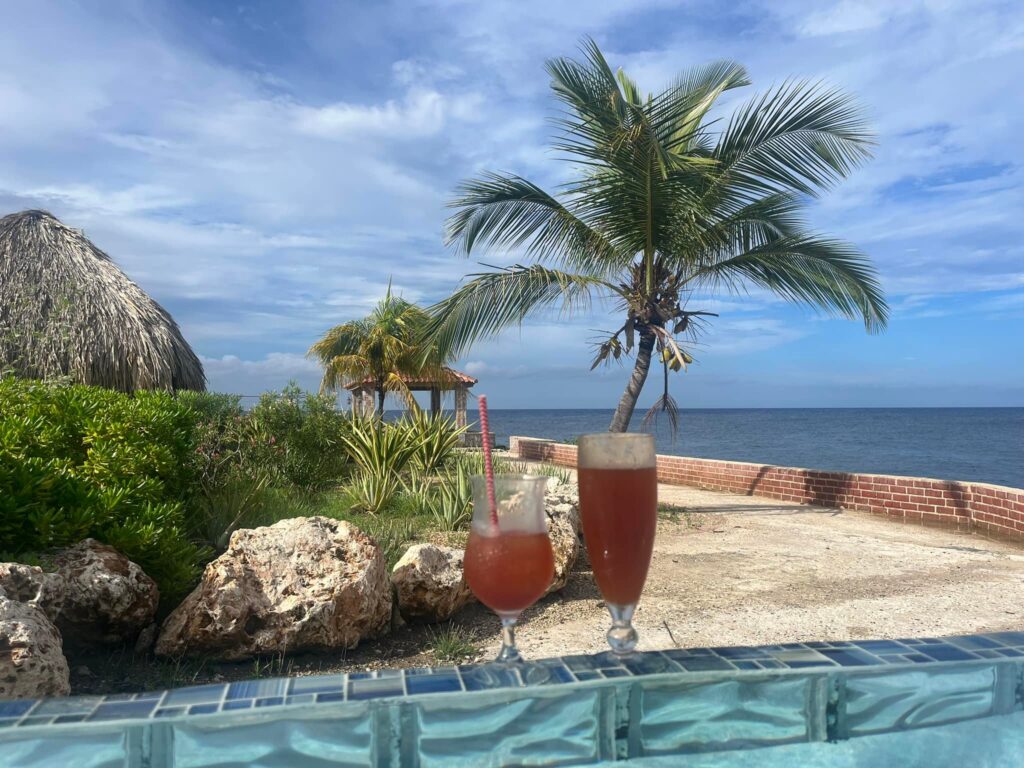
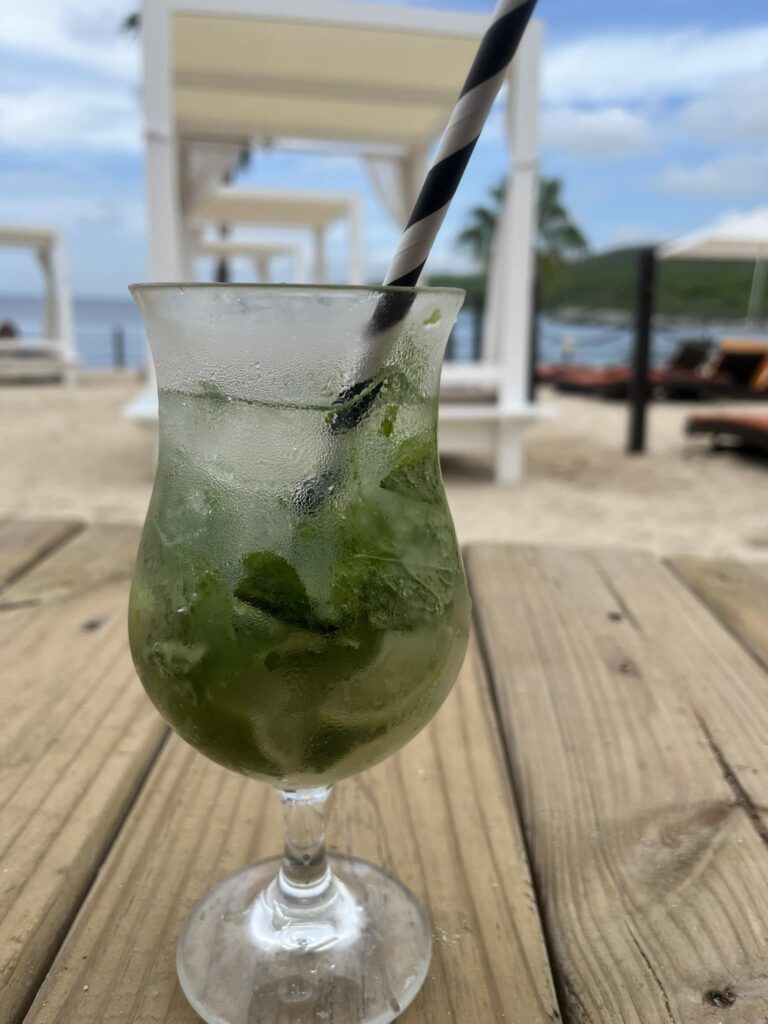
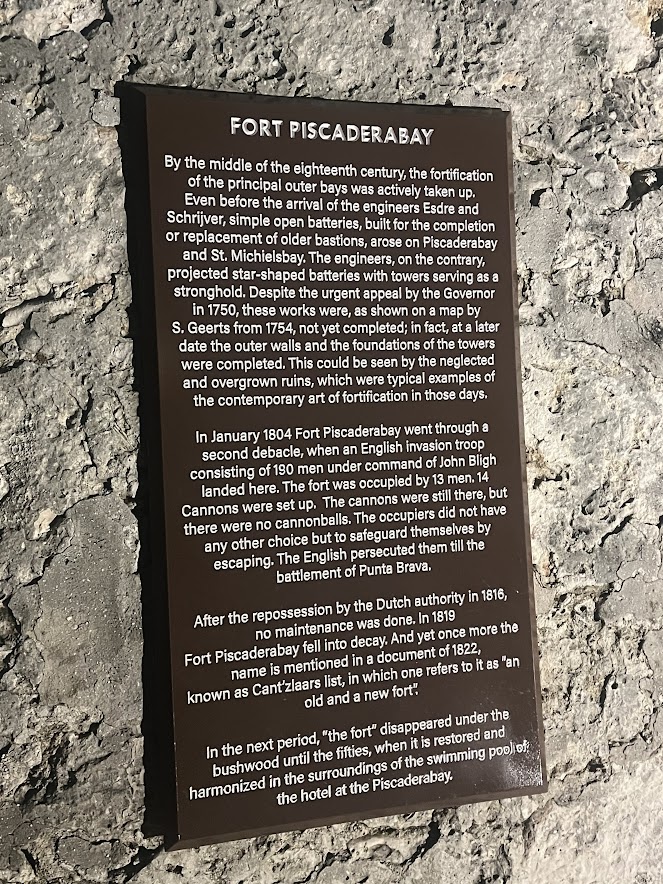
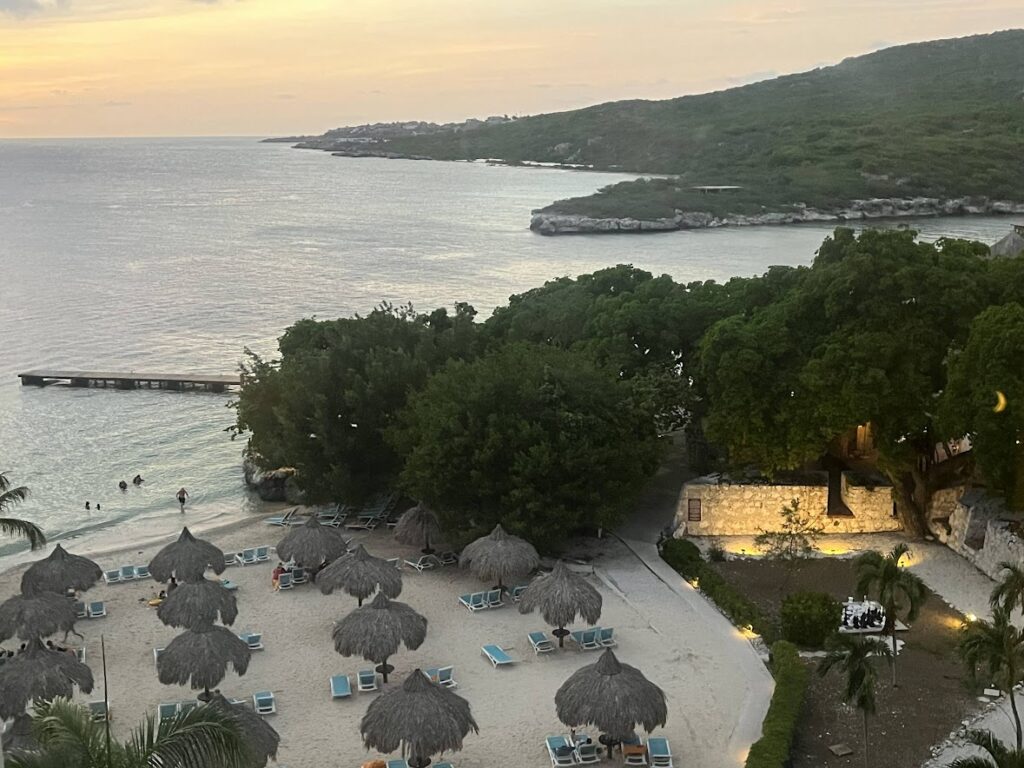
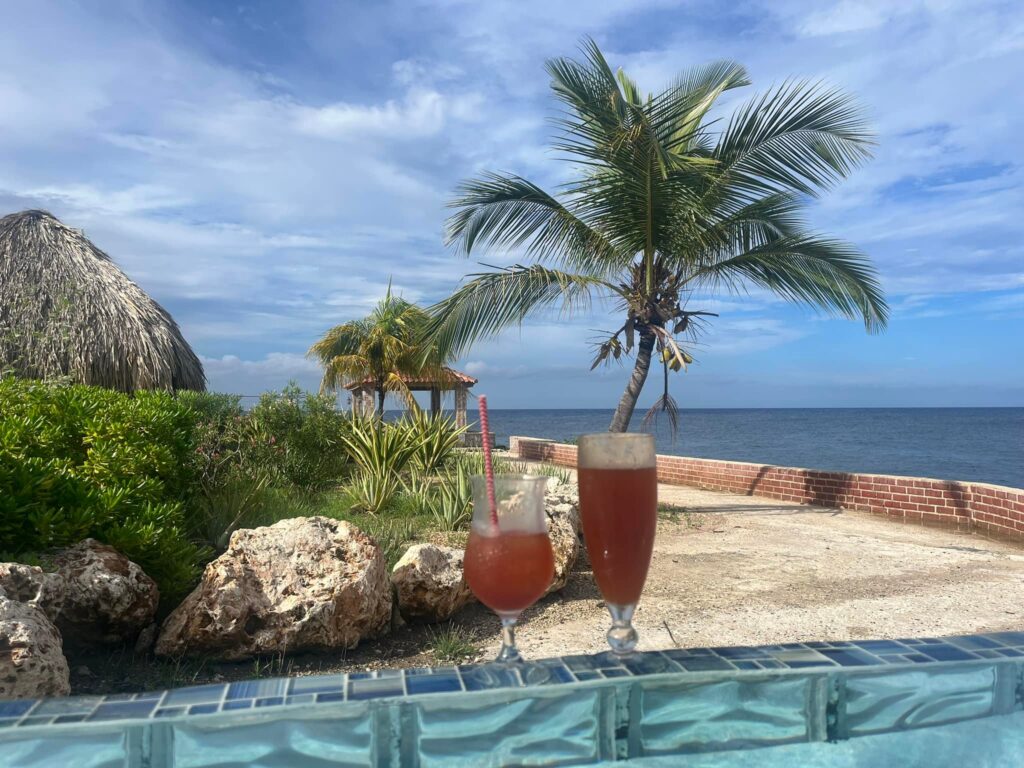
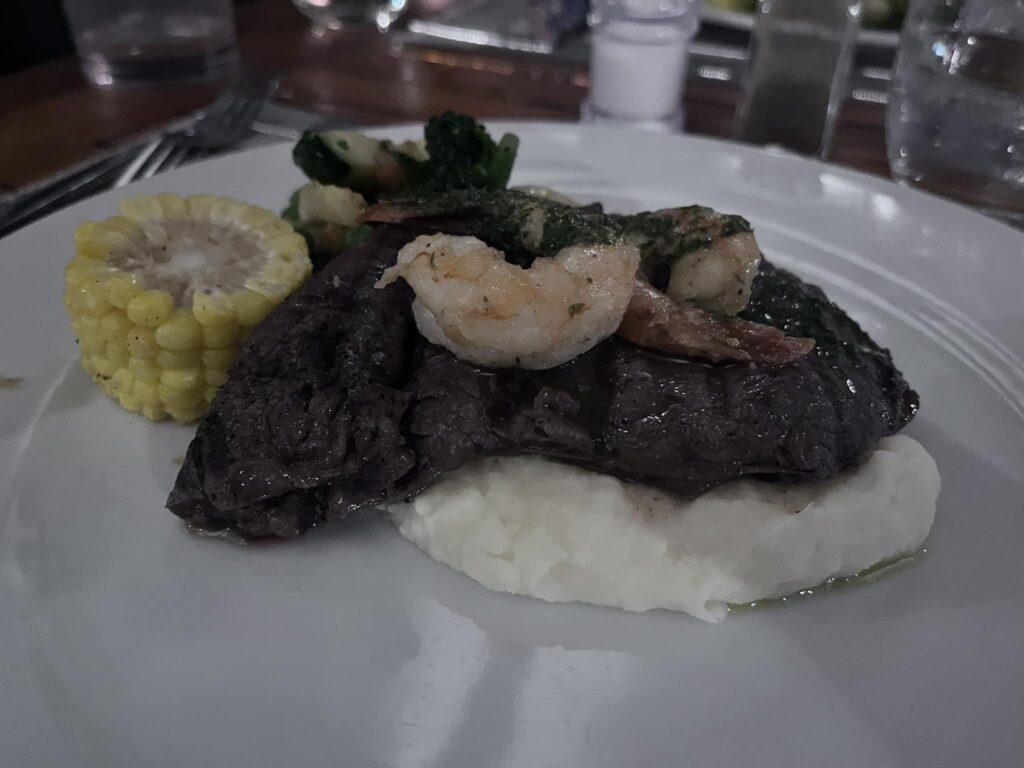
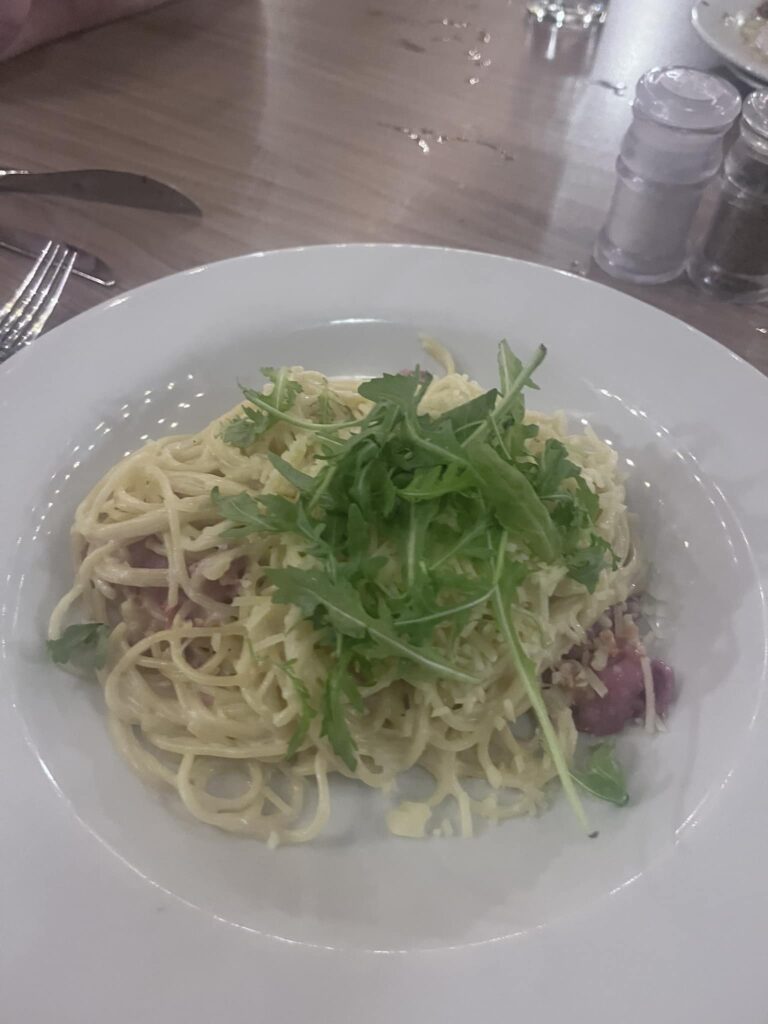
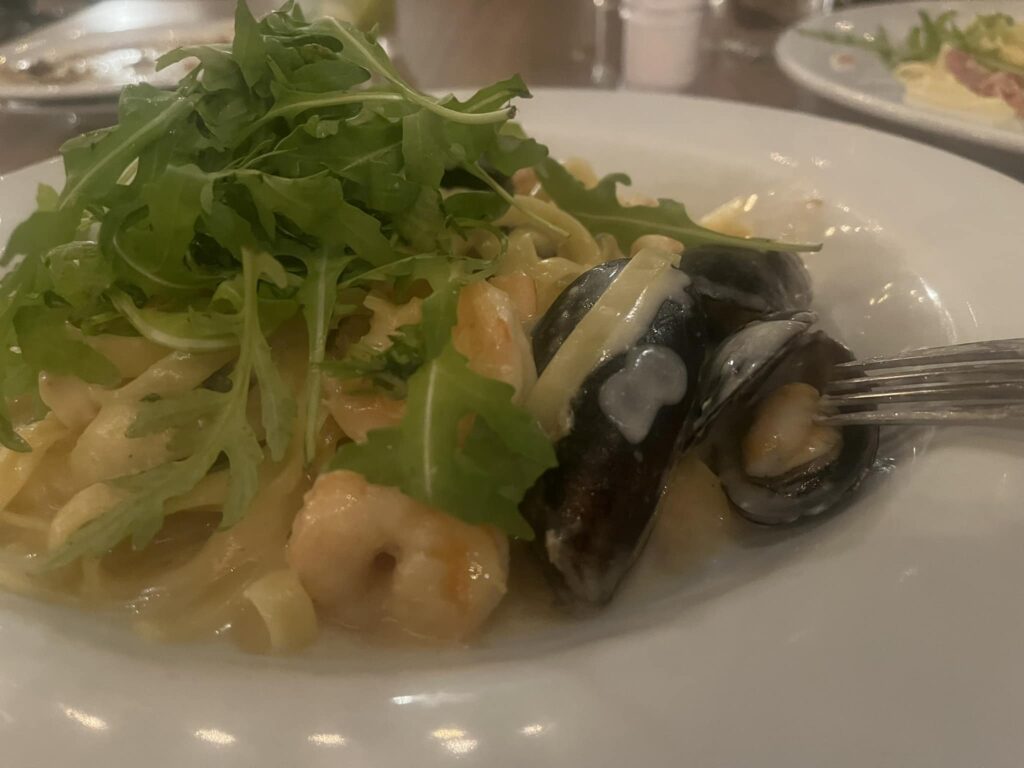
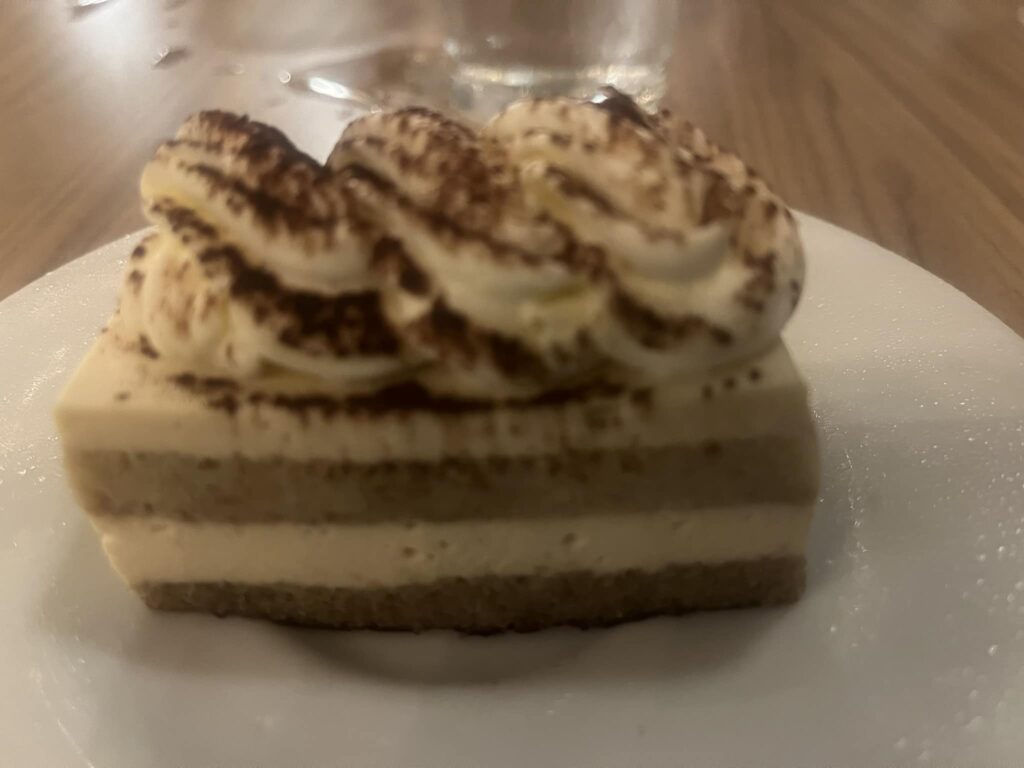
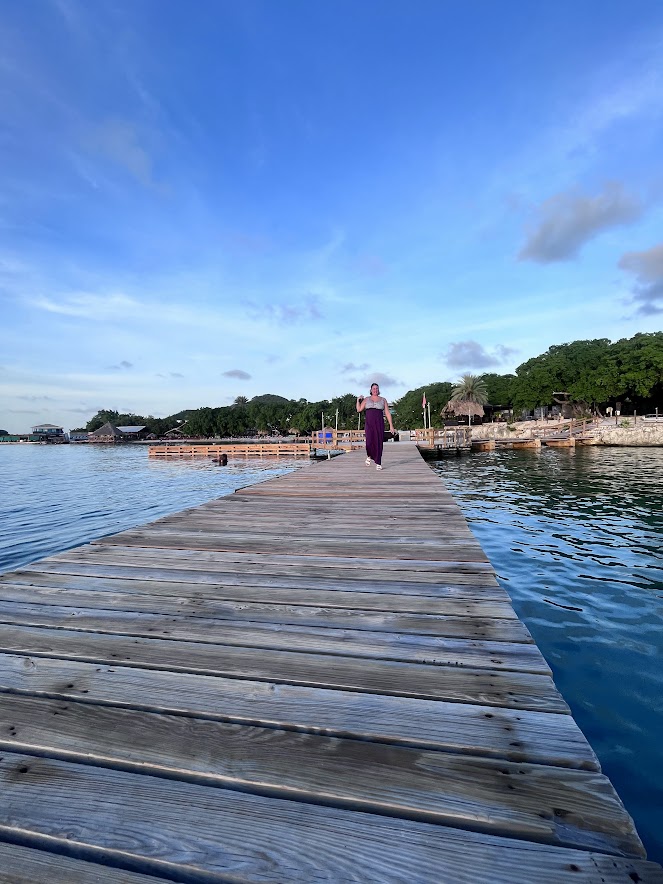
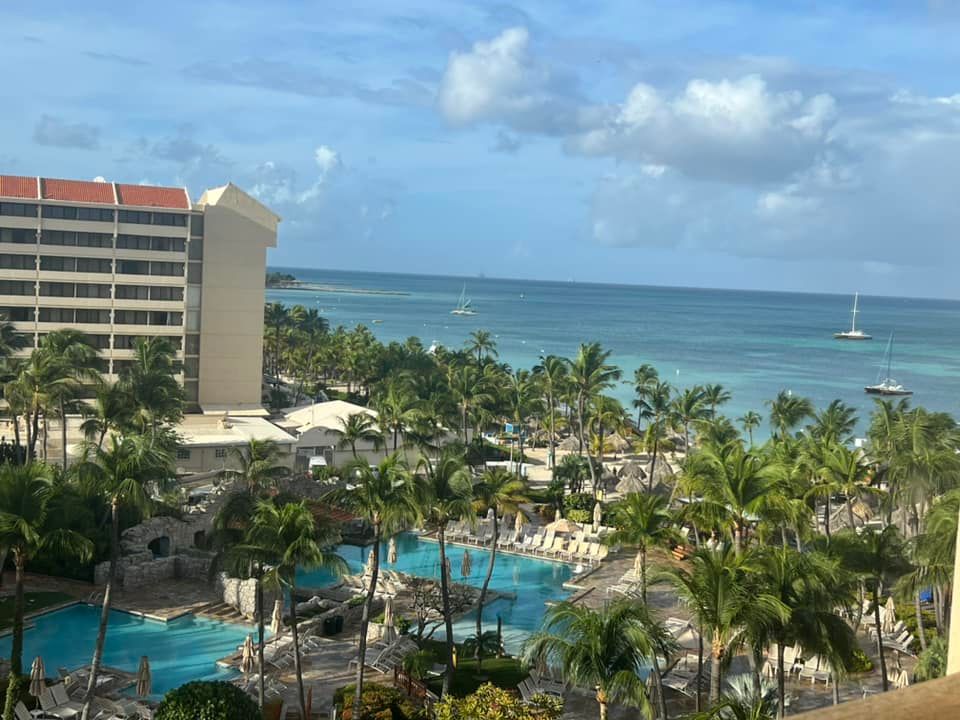
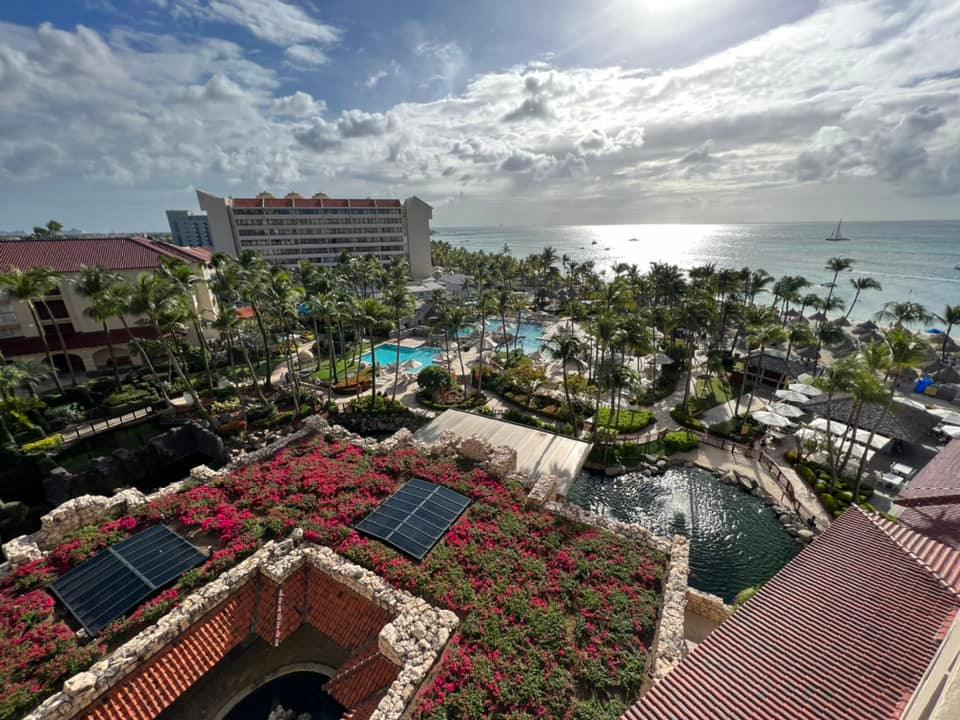
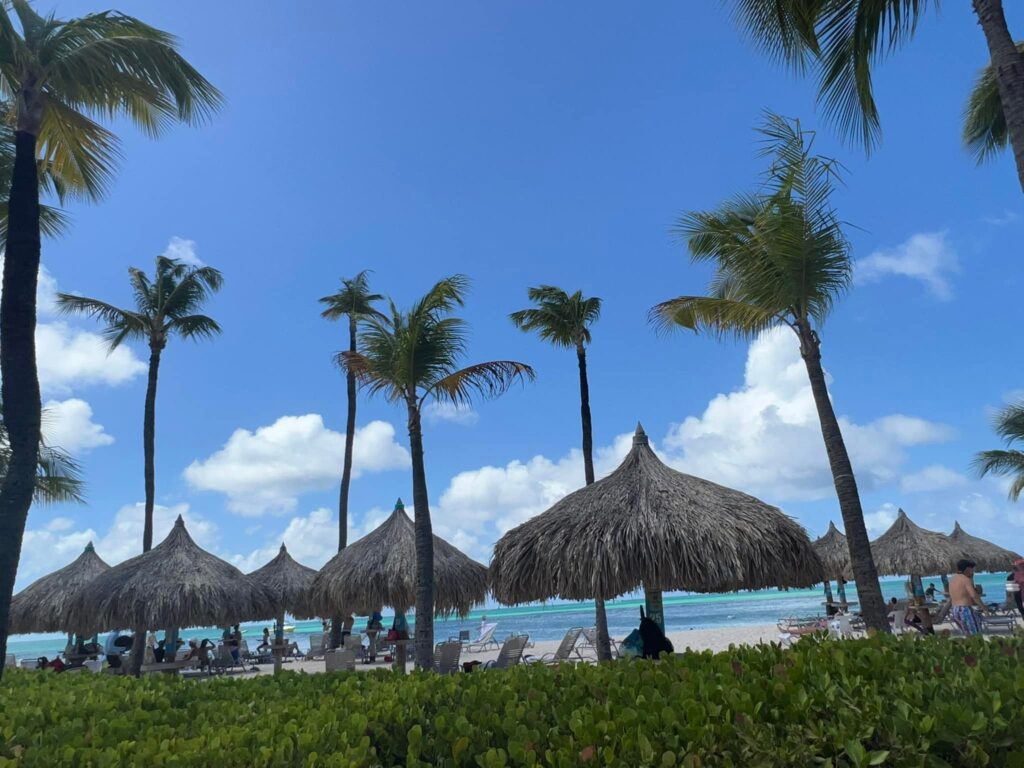
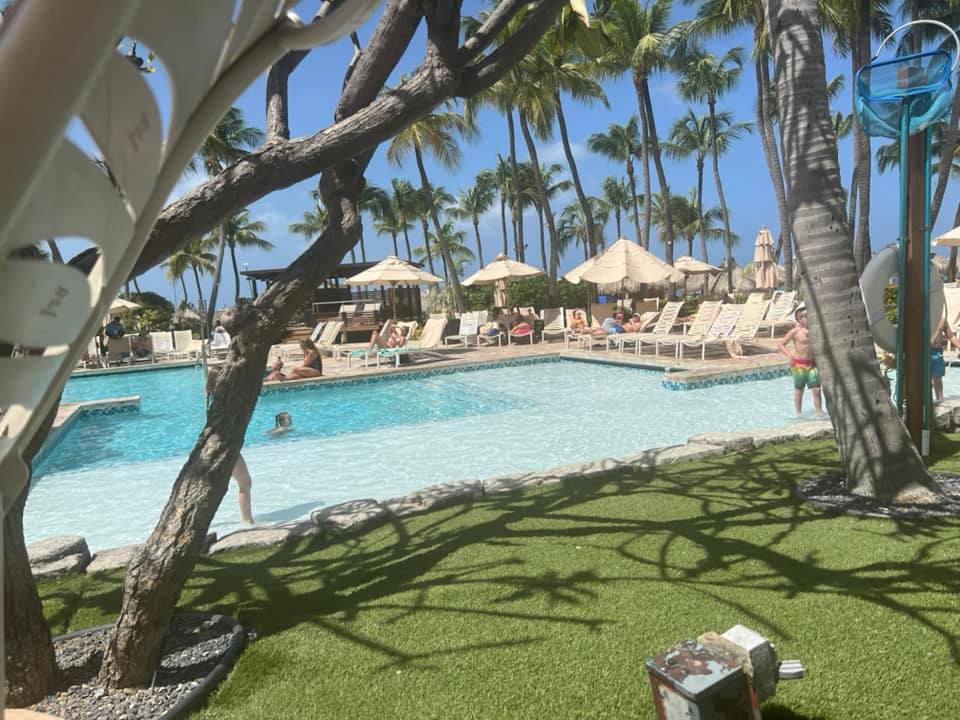
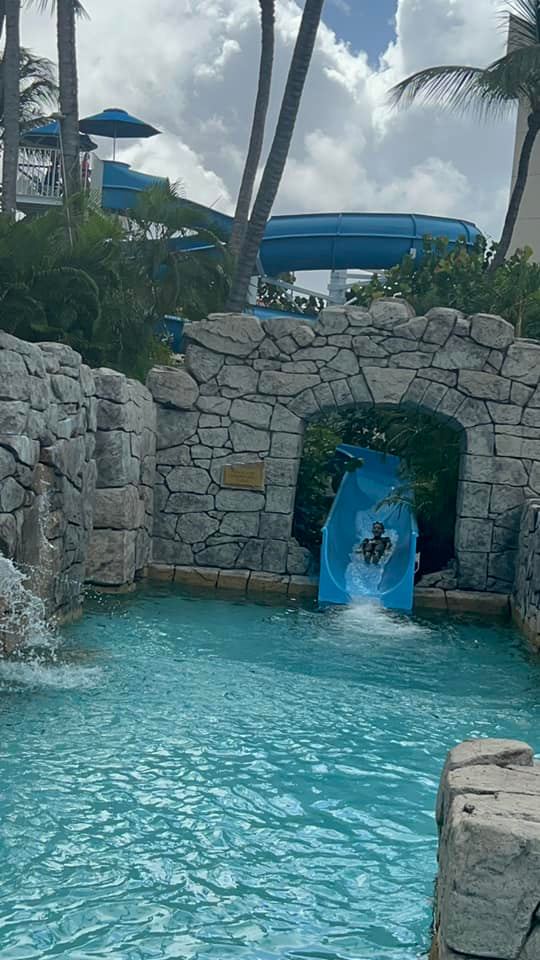
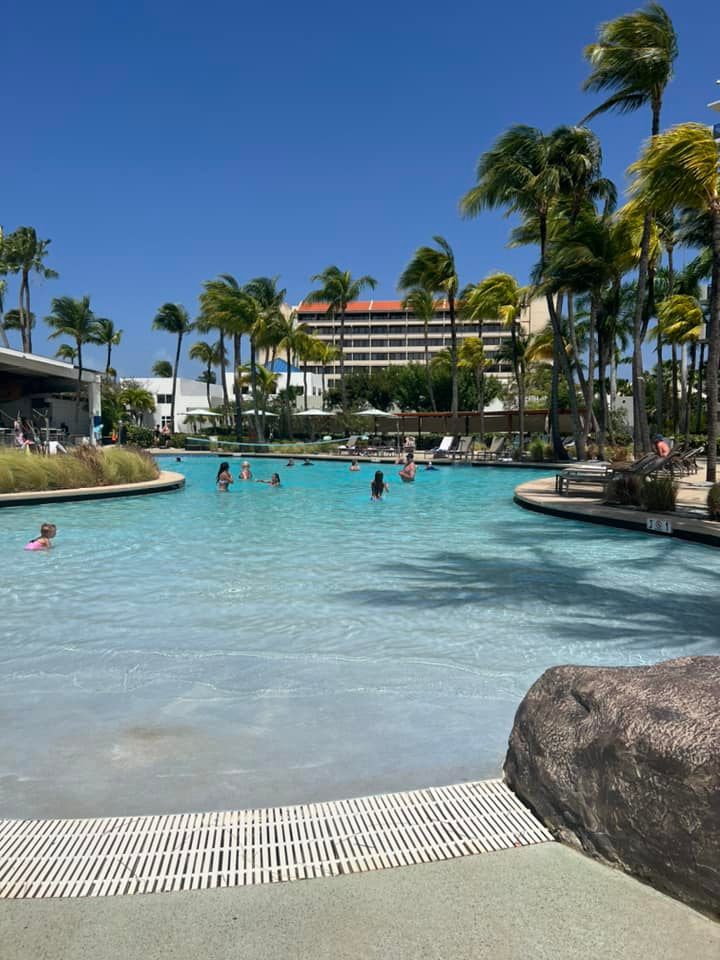
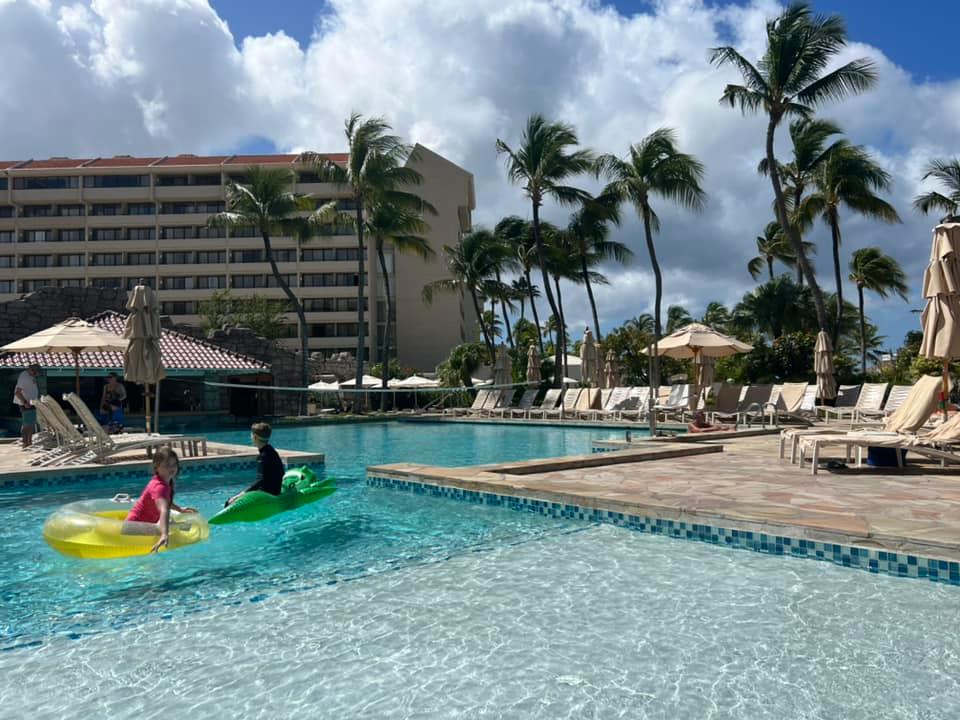
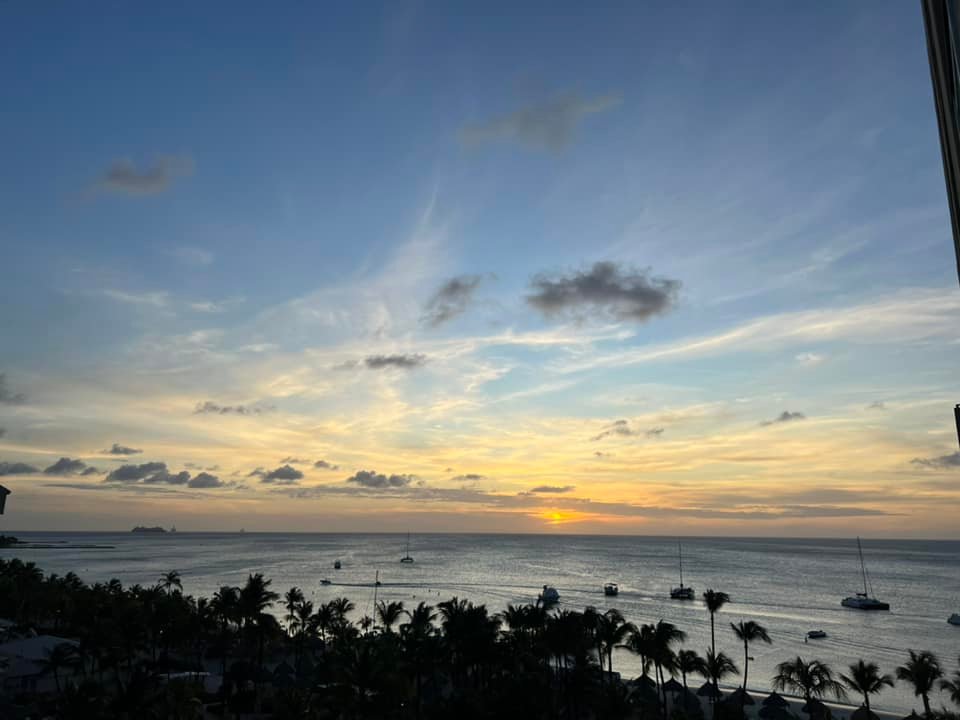
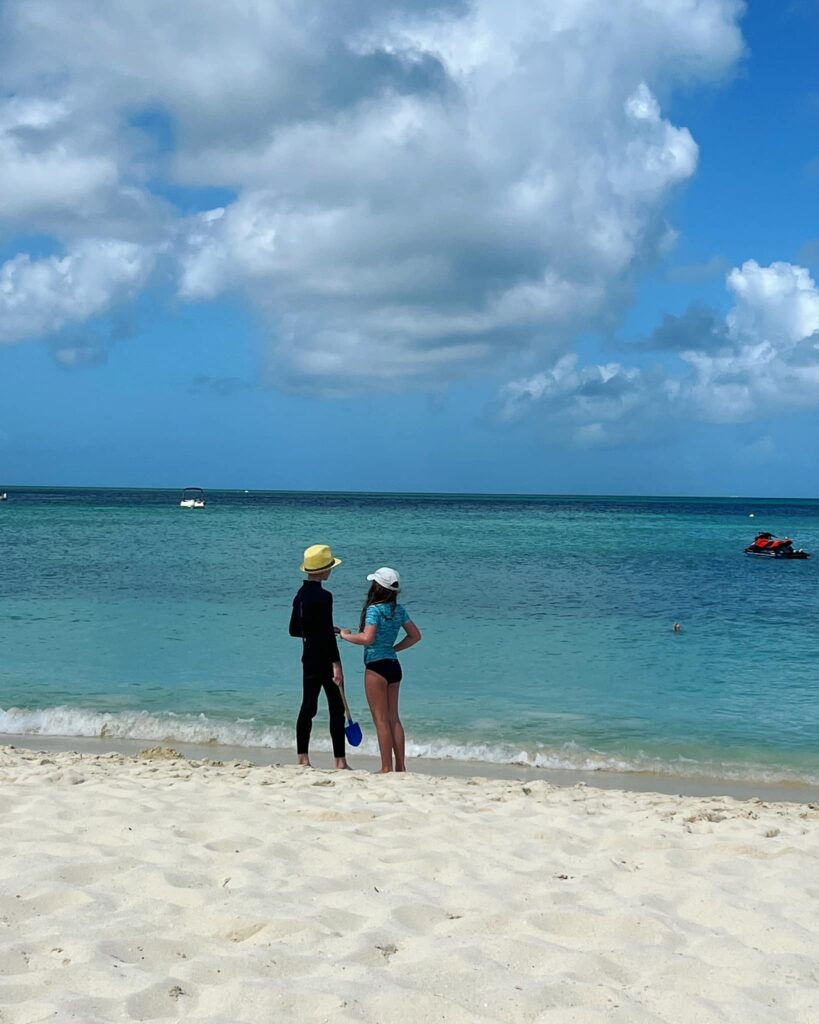
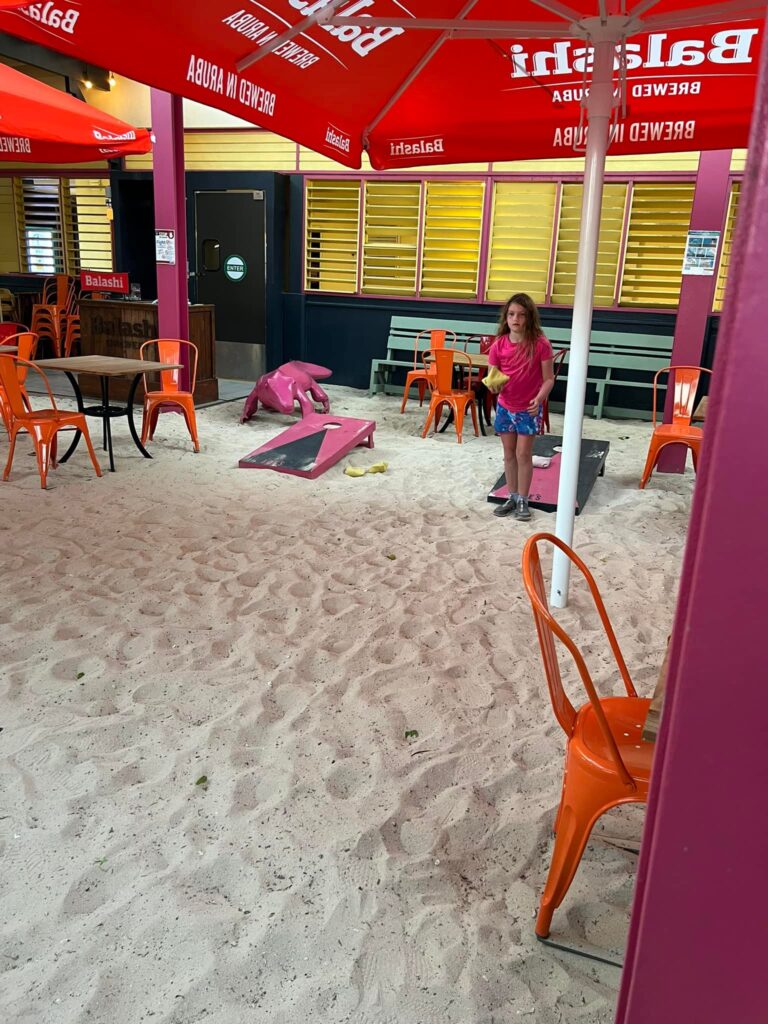
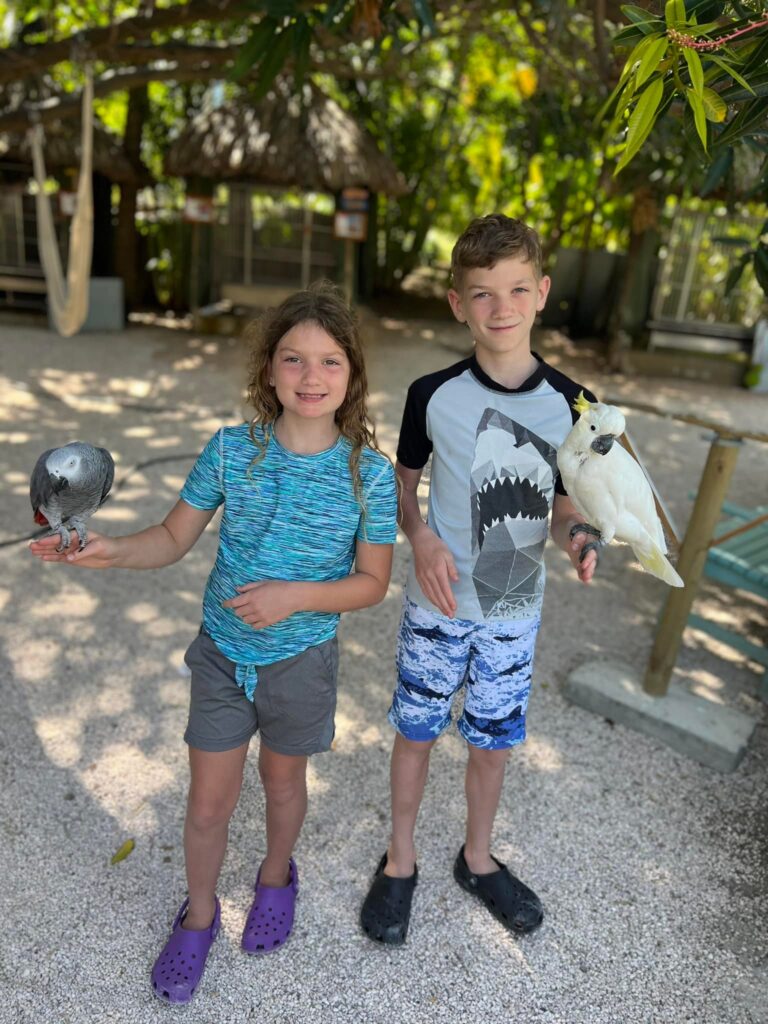
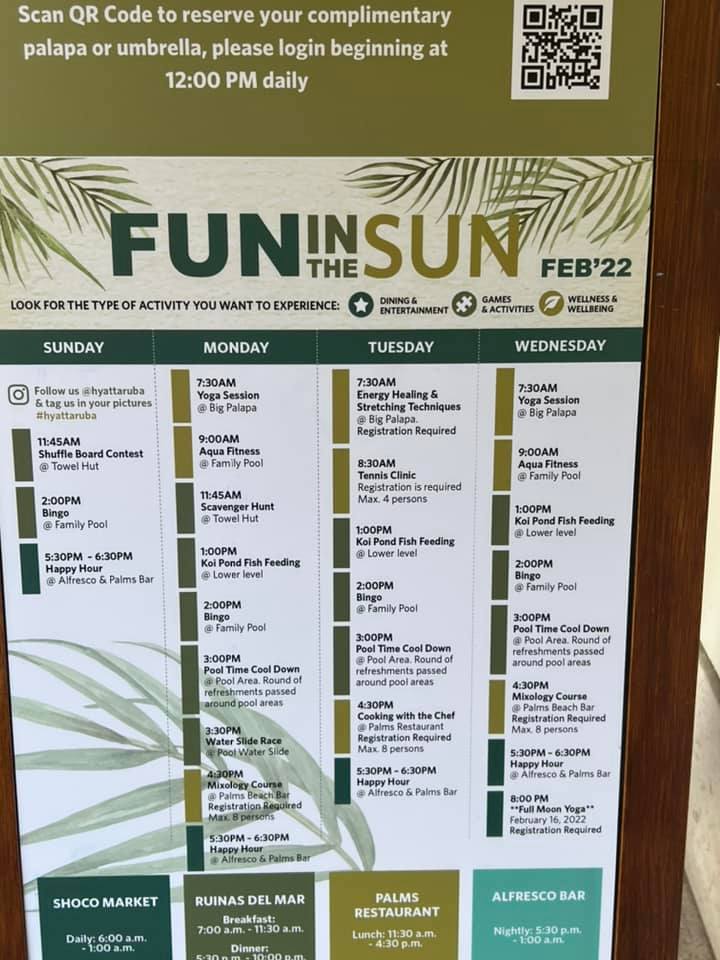
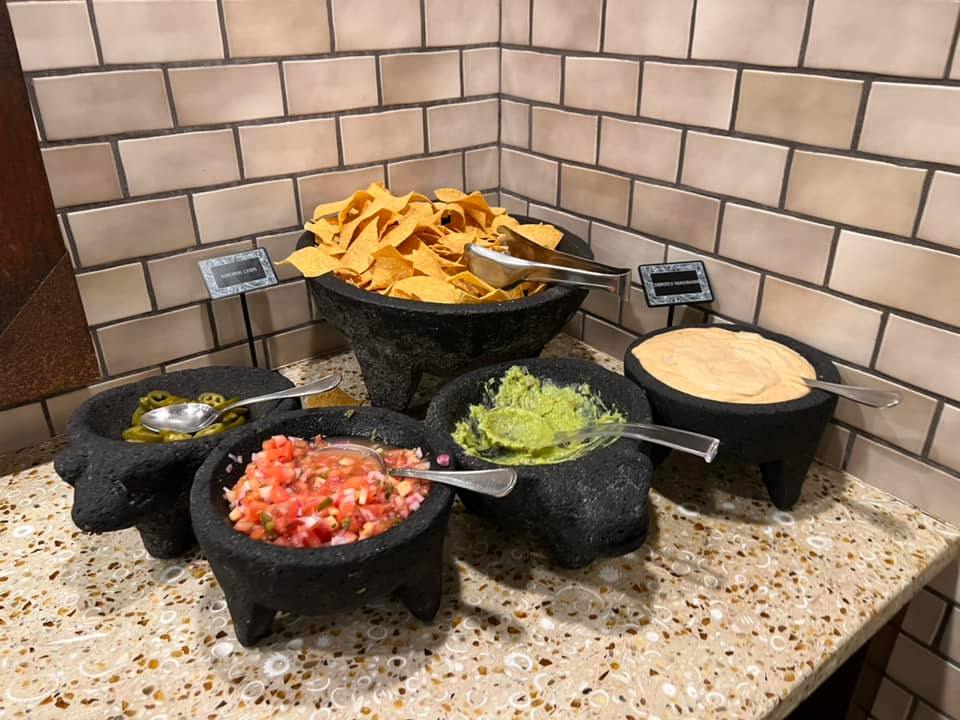
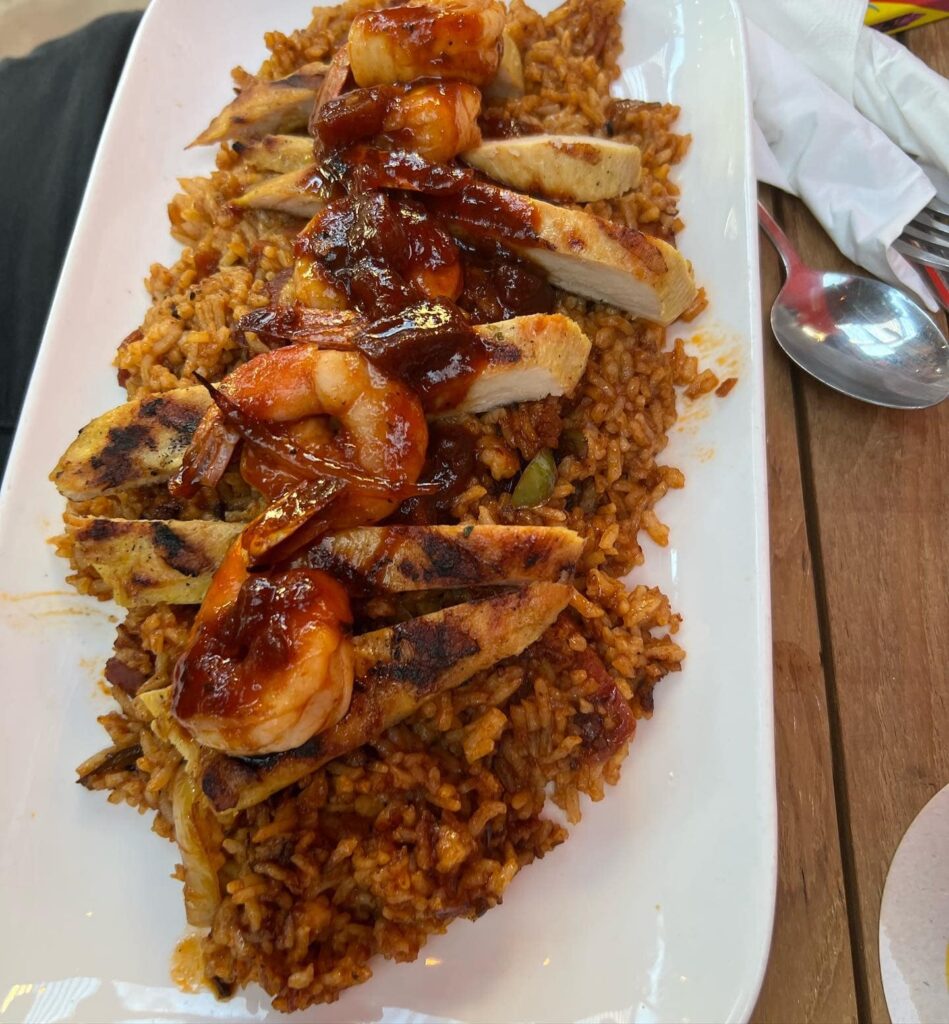
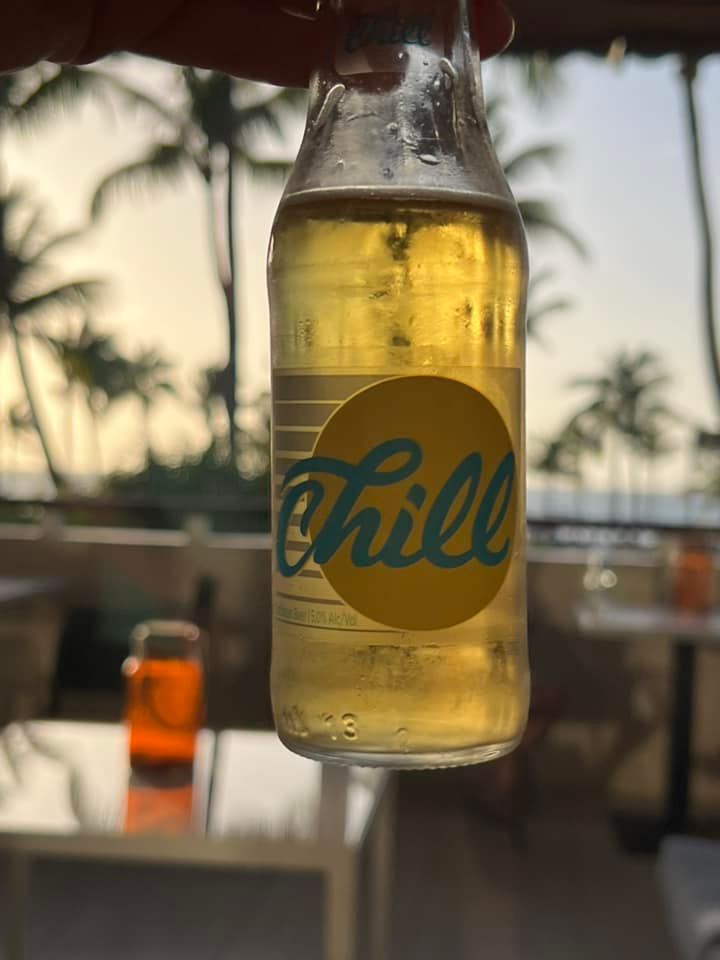
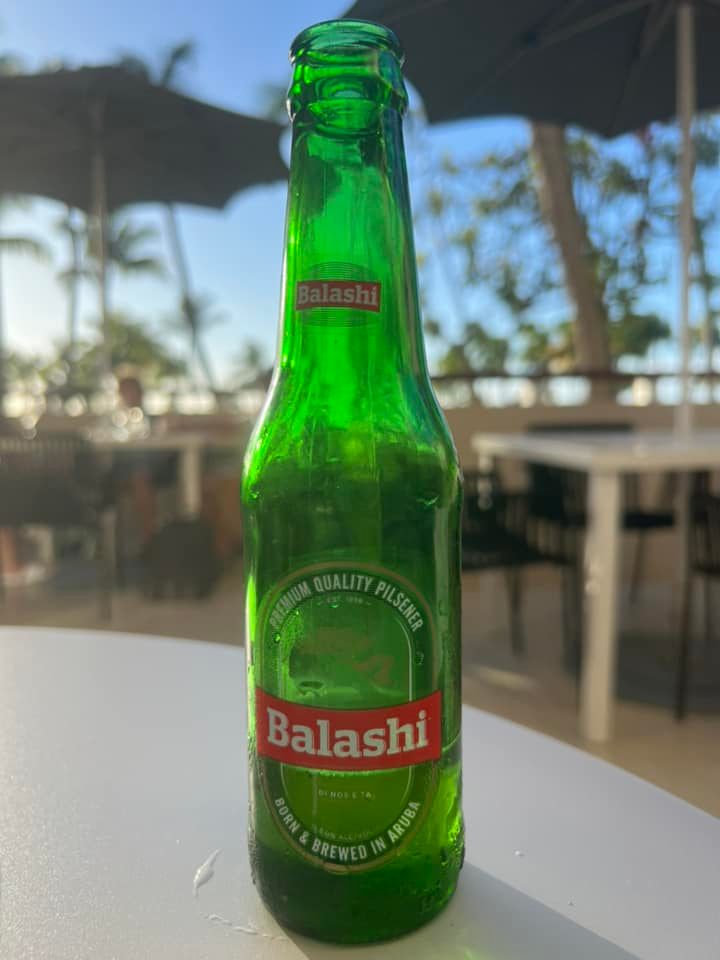



Leave a Reply